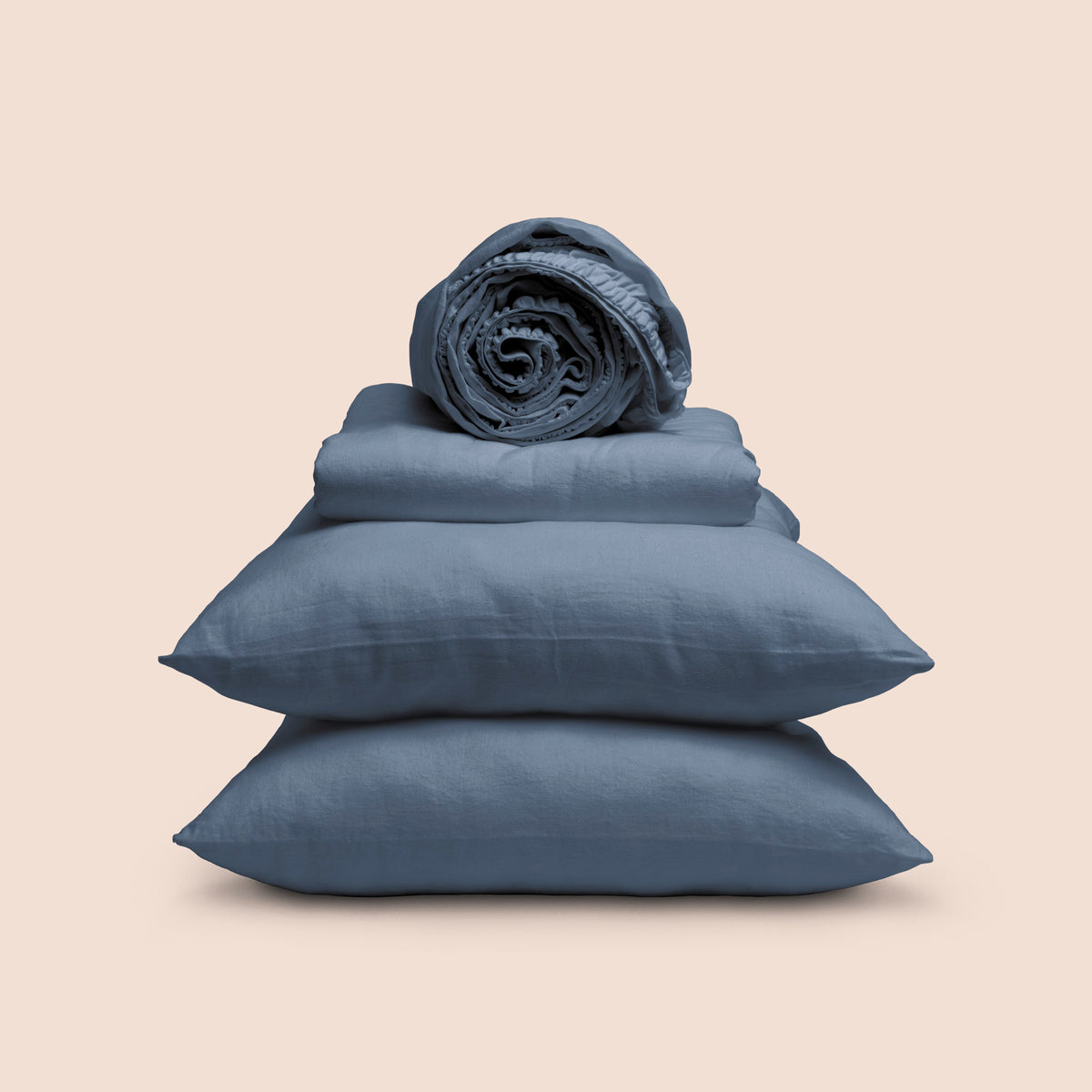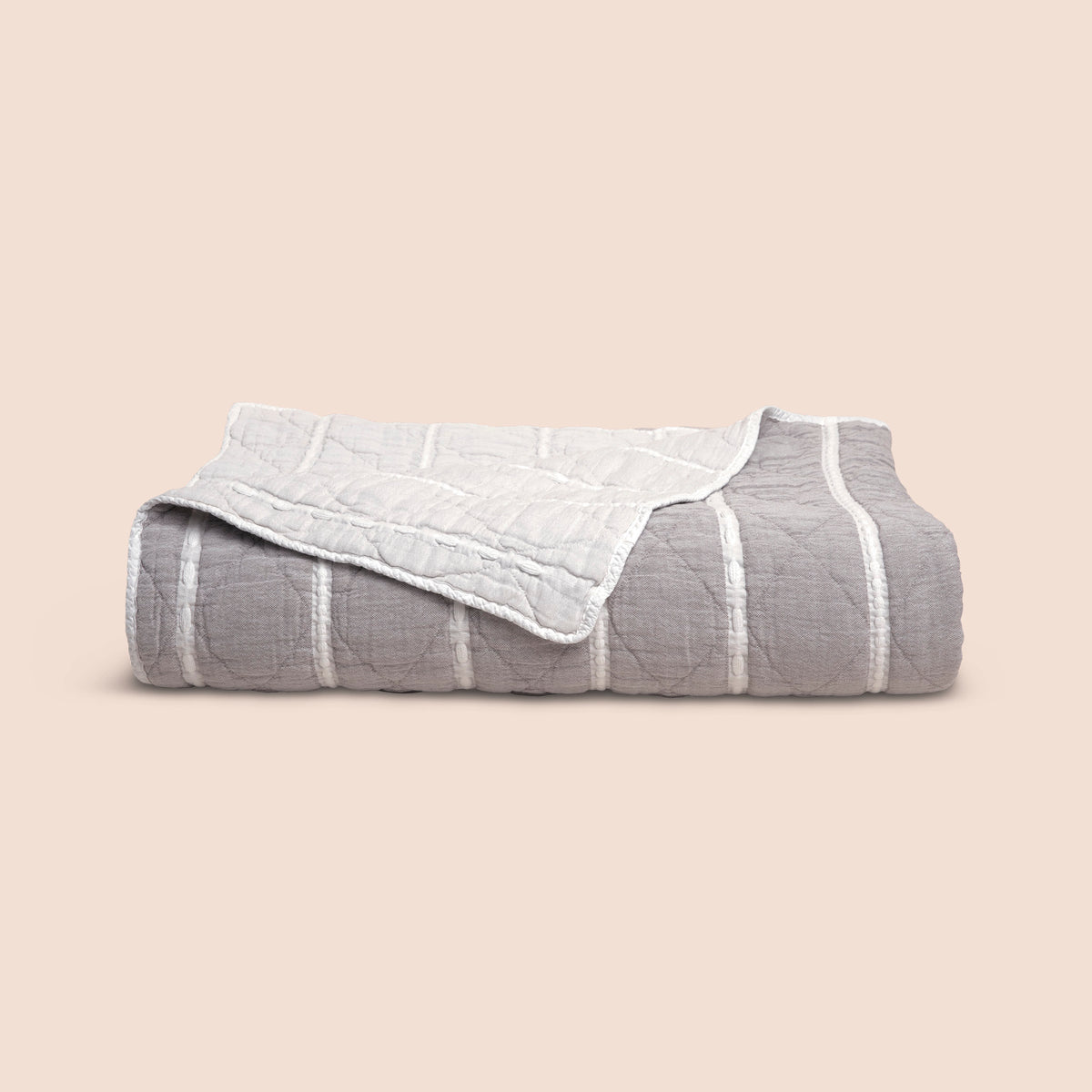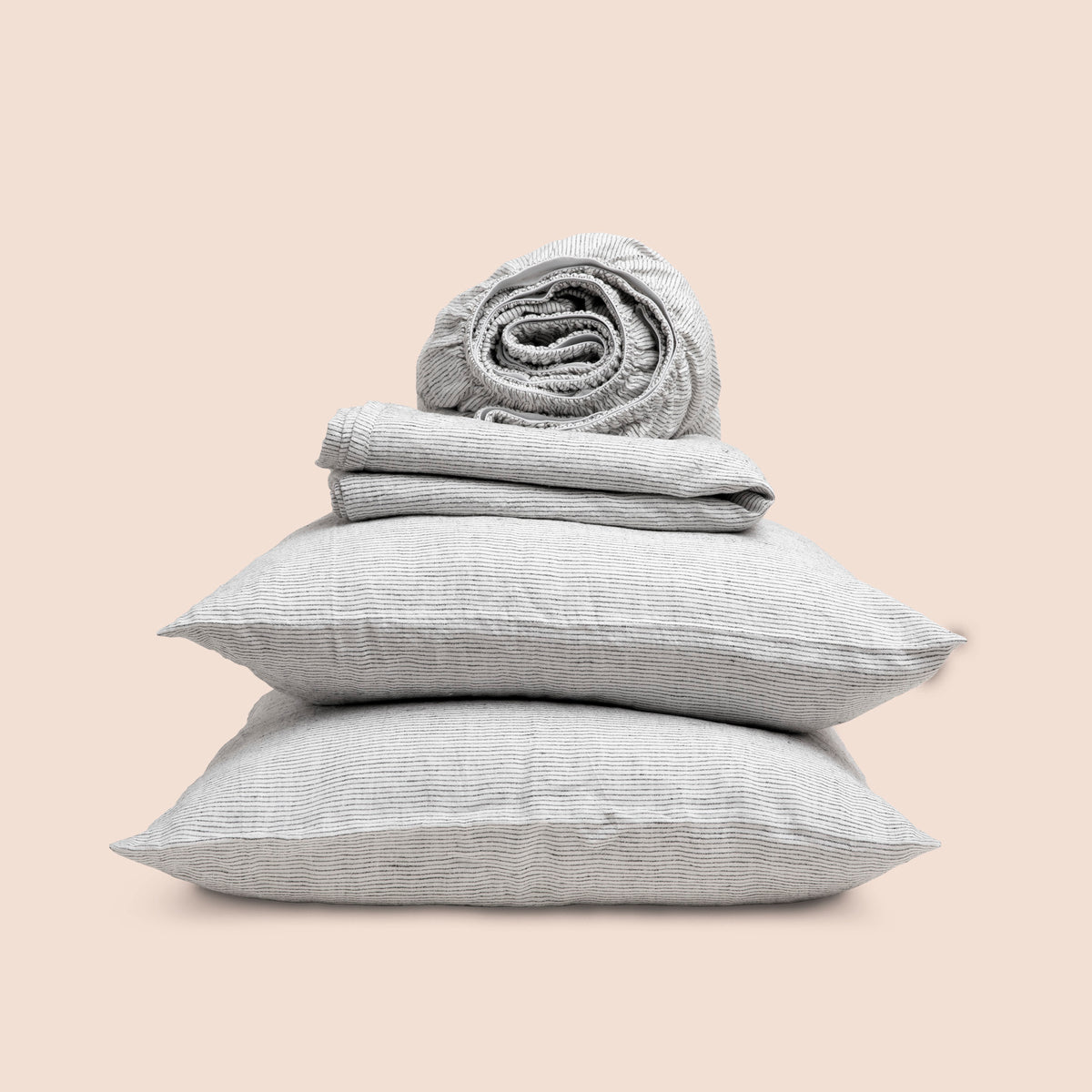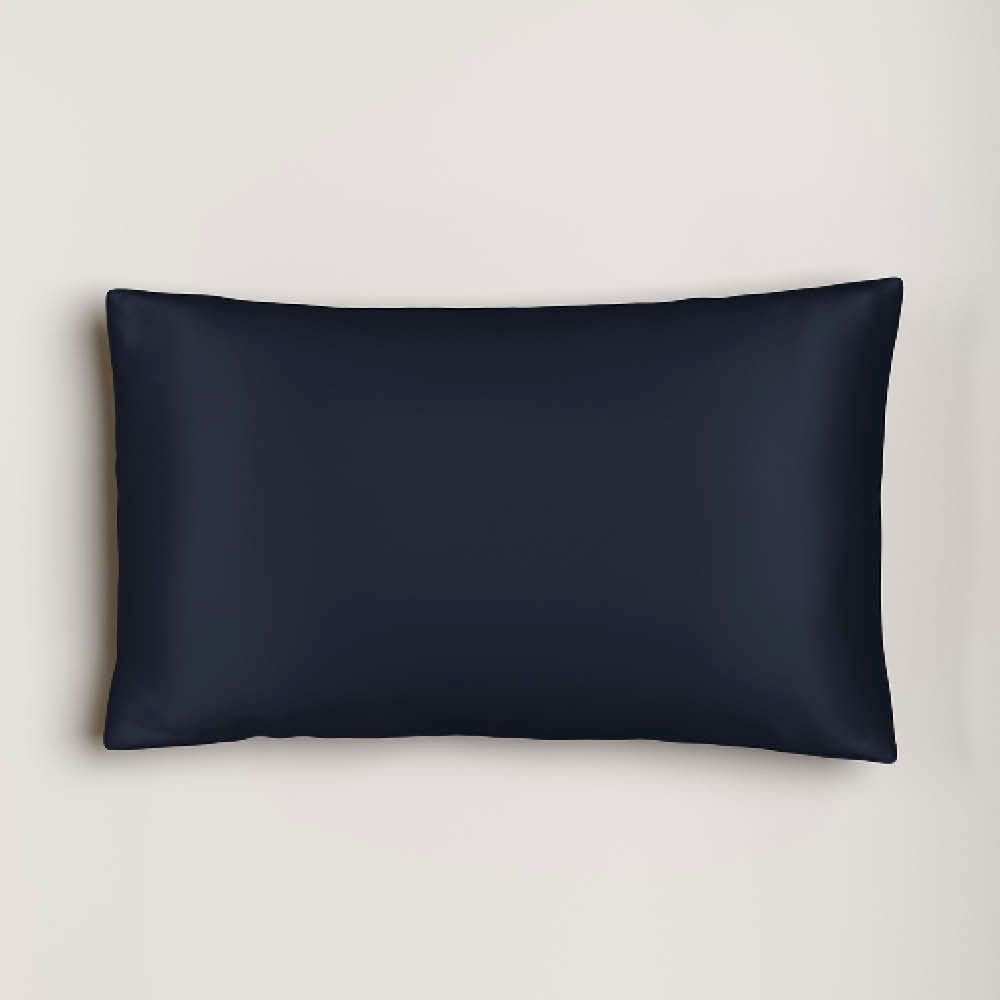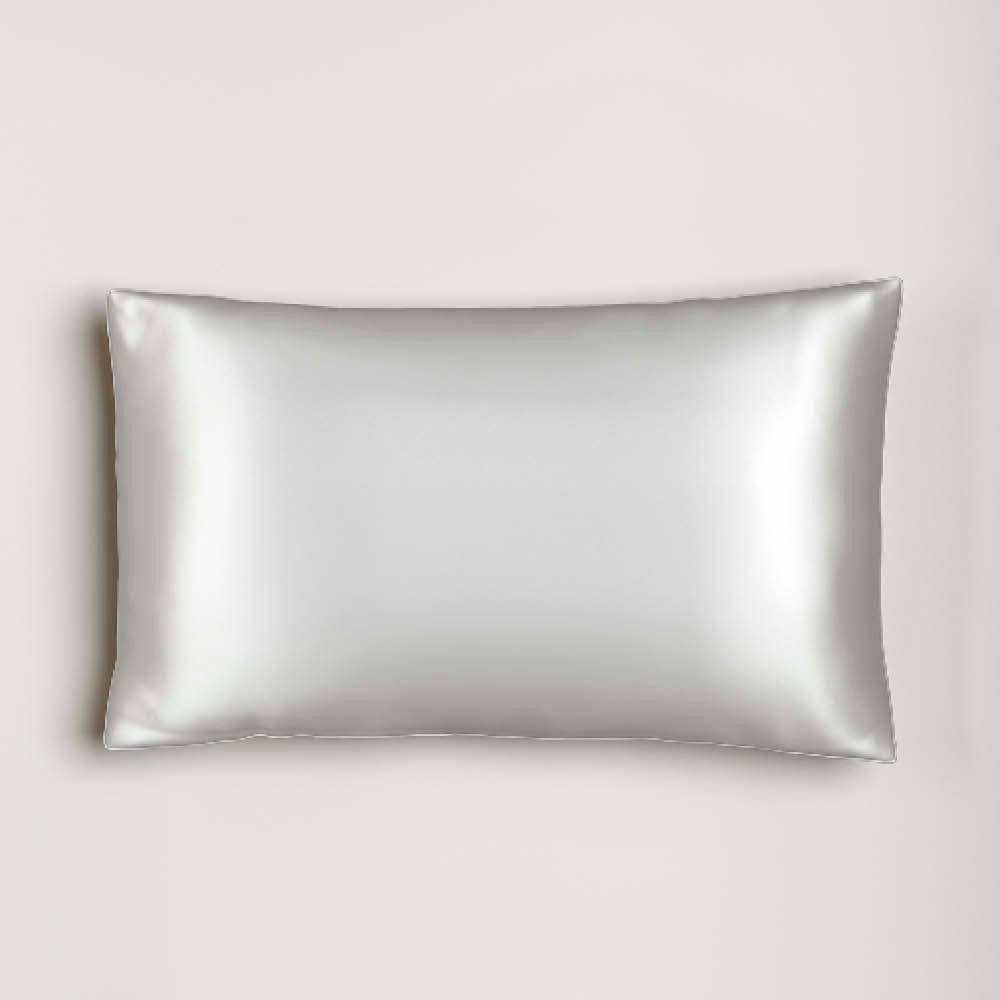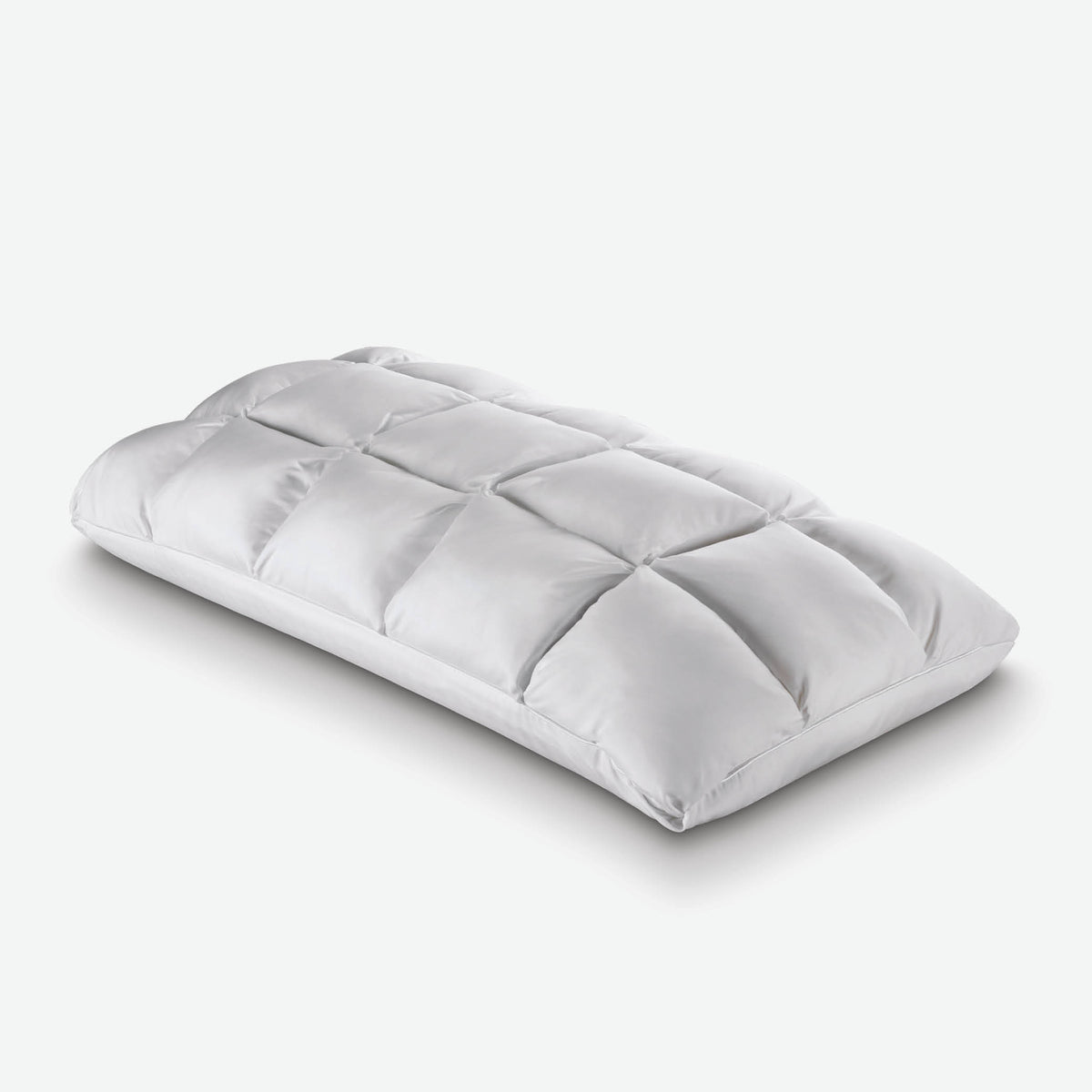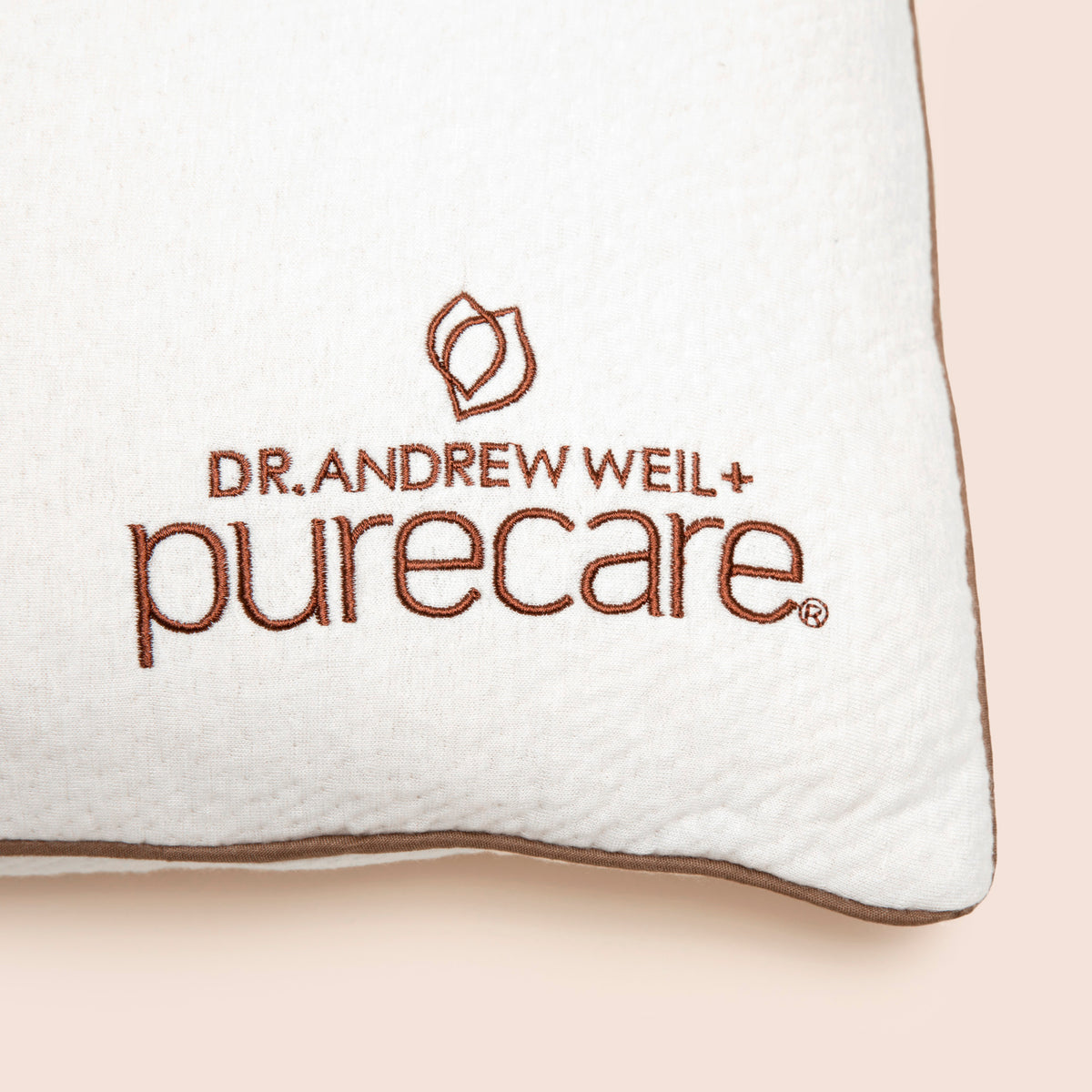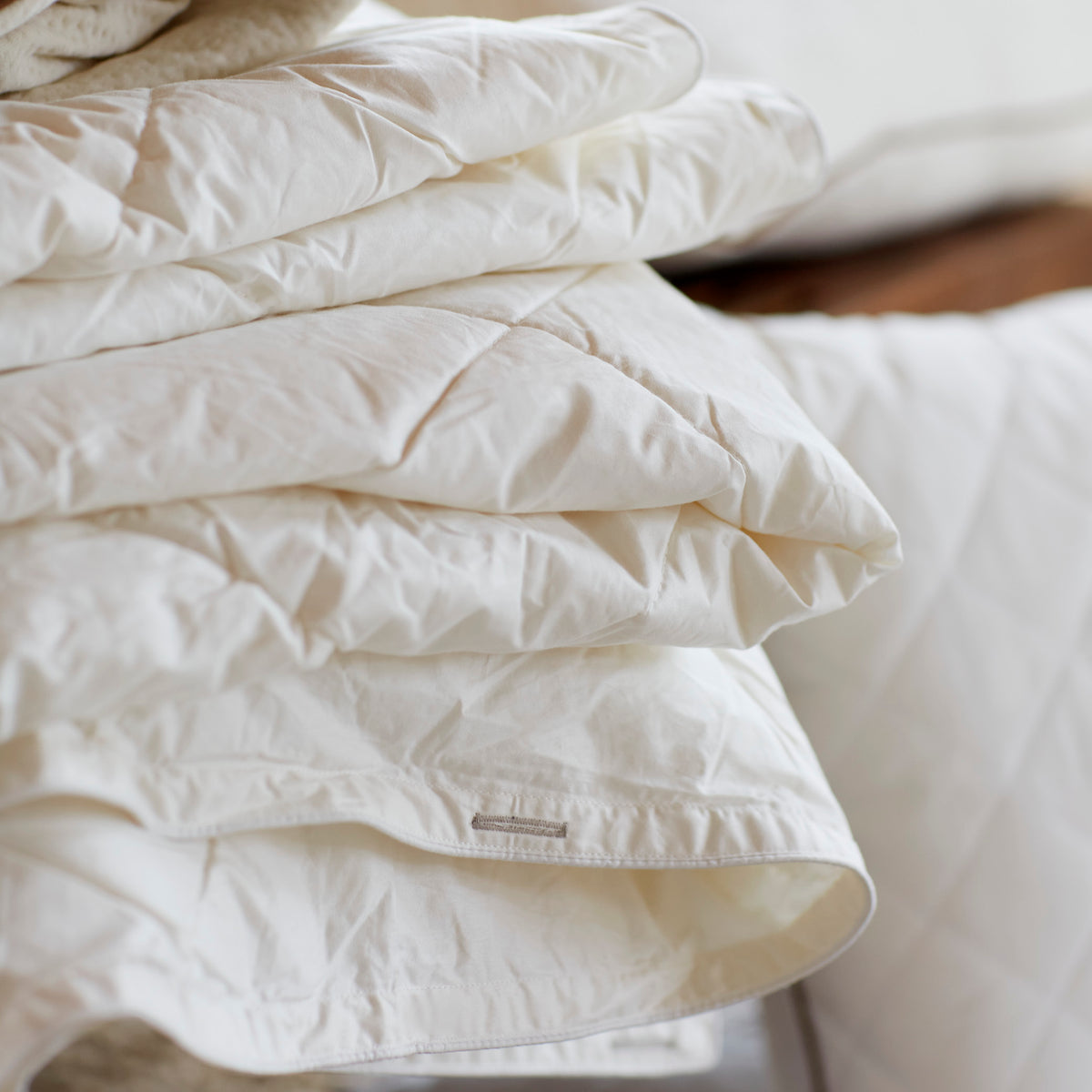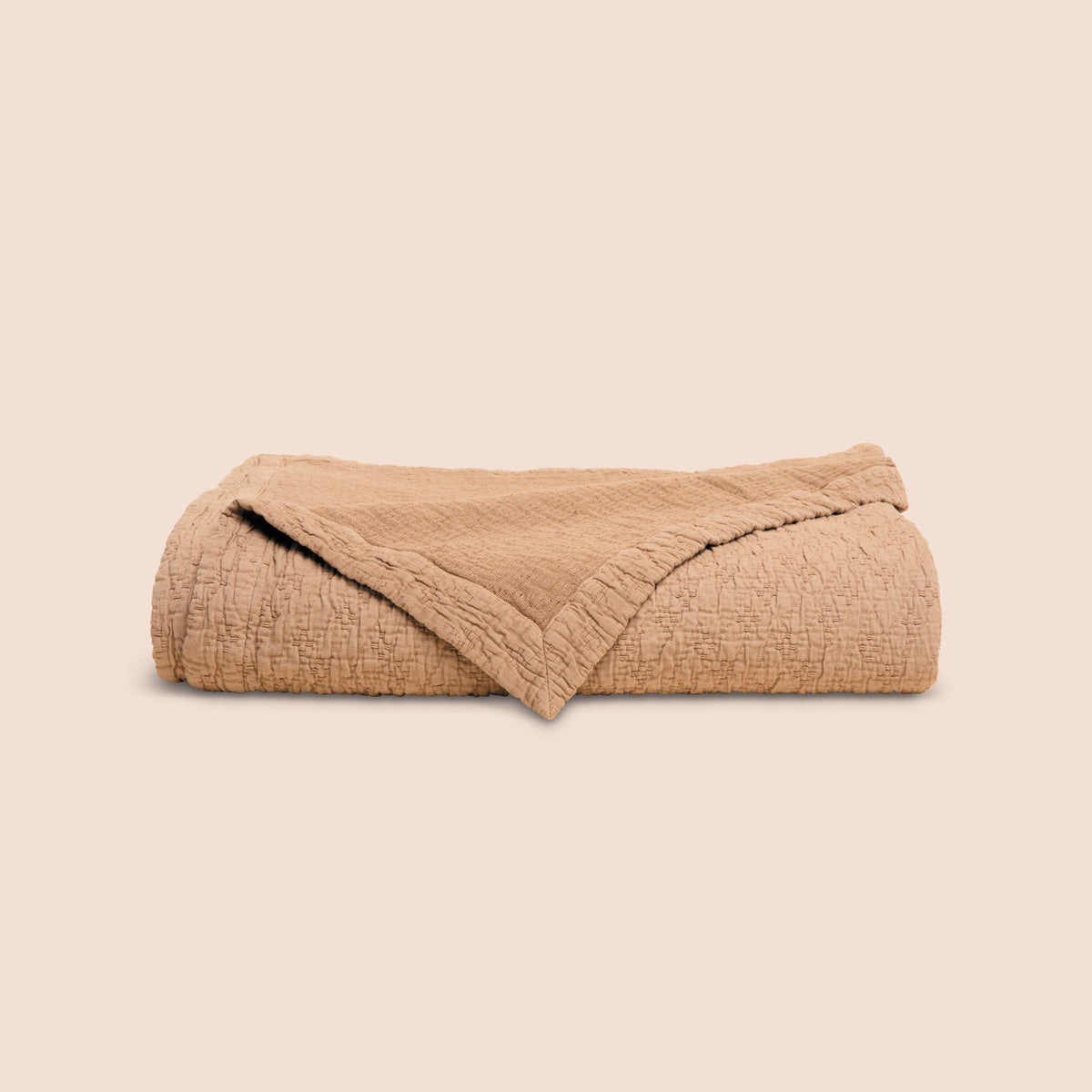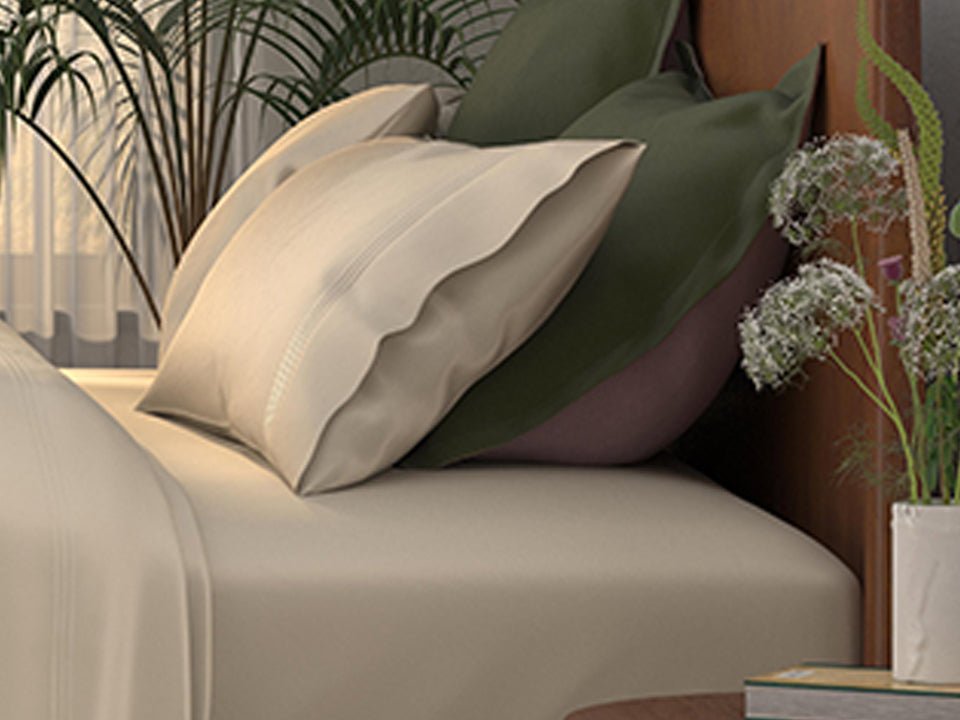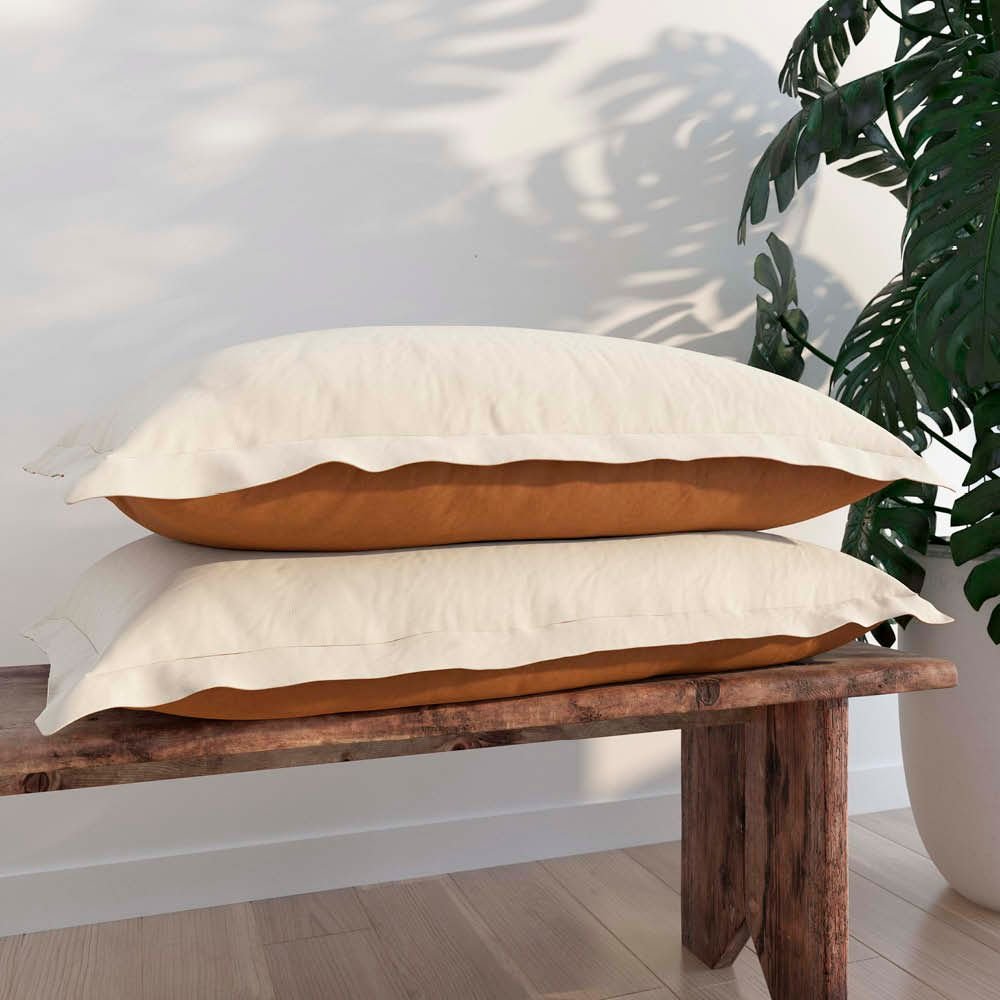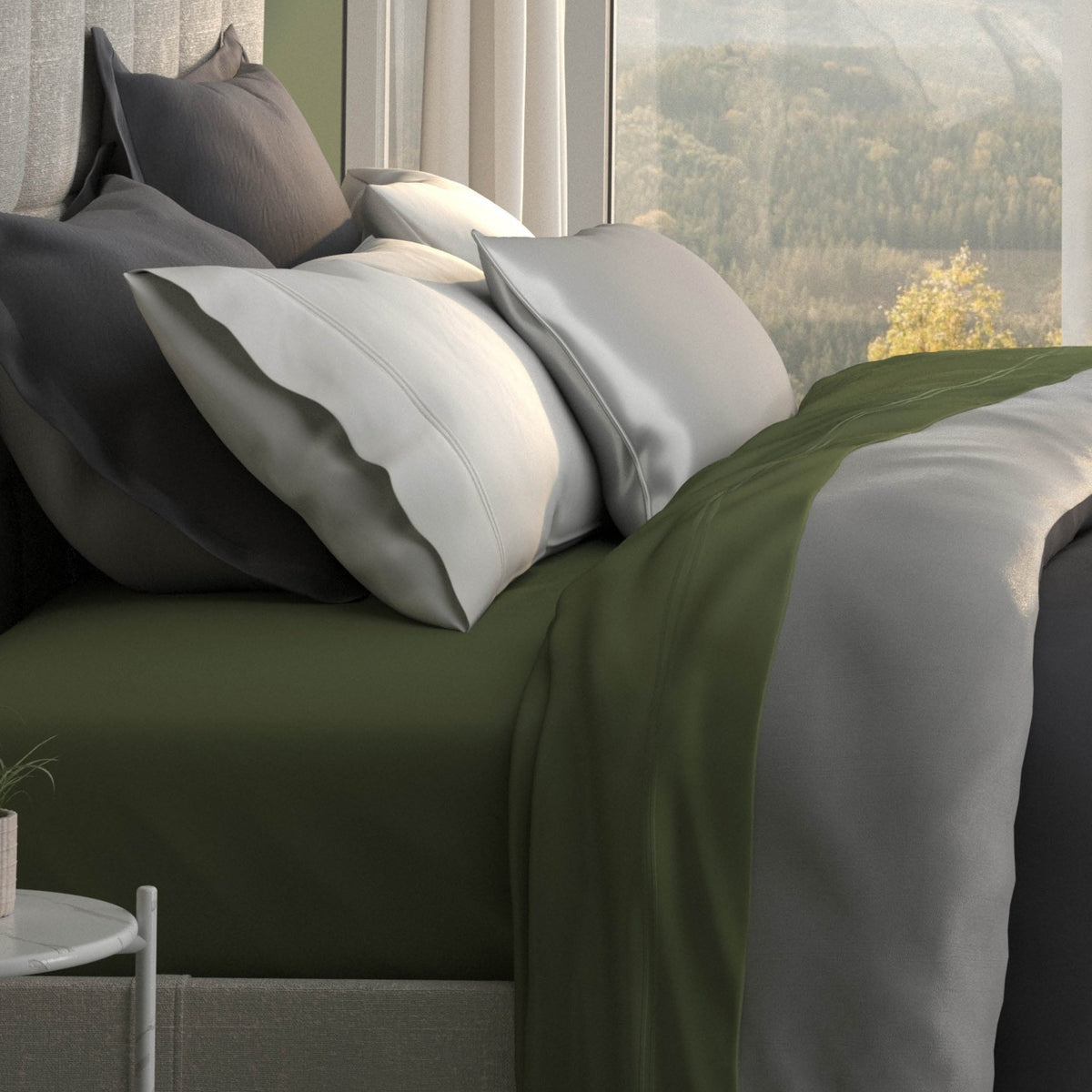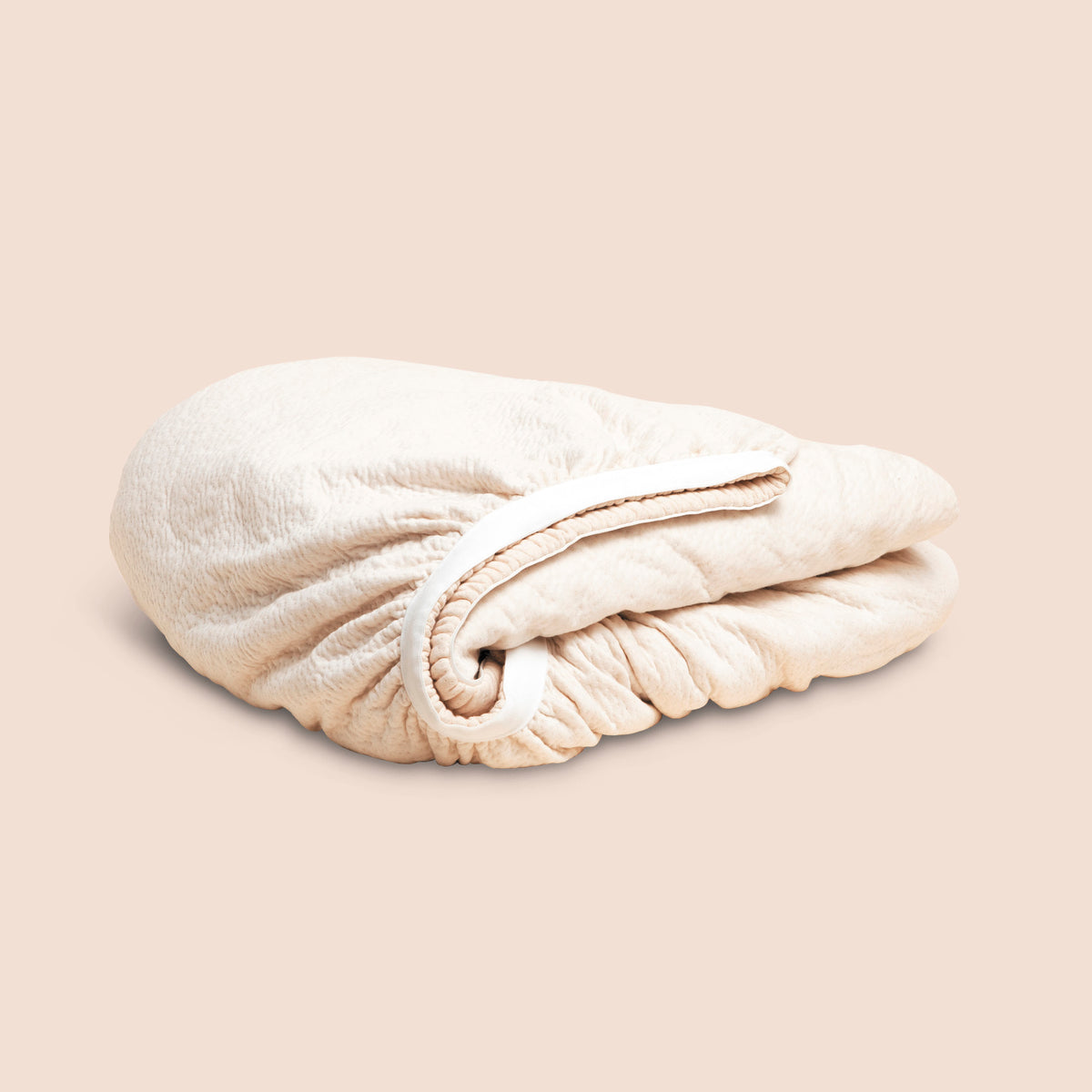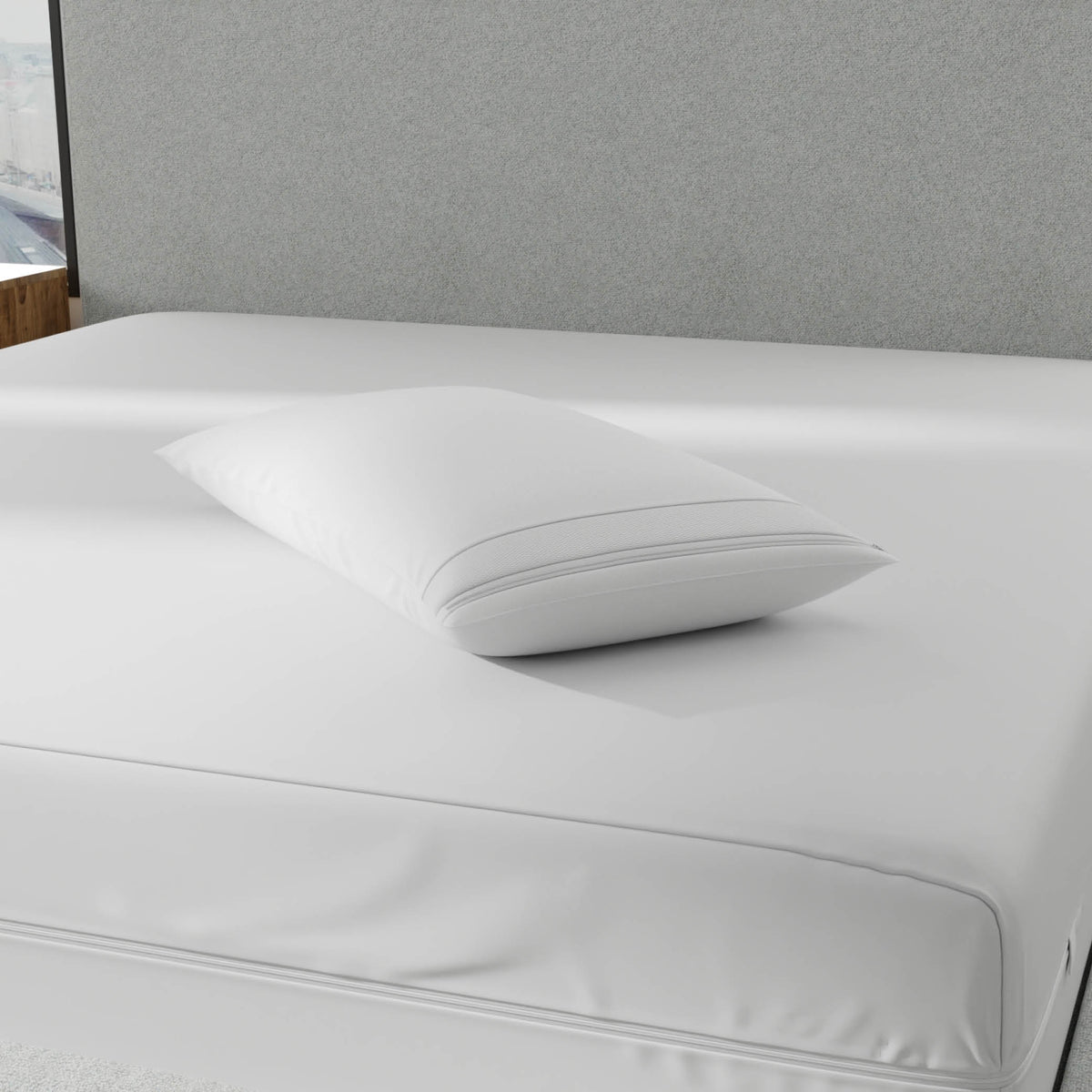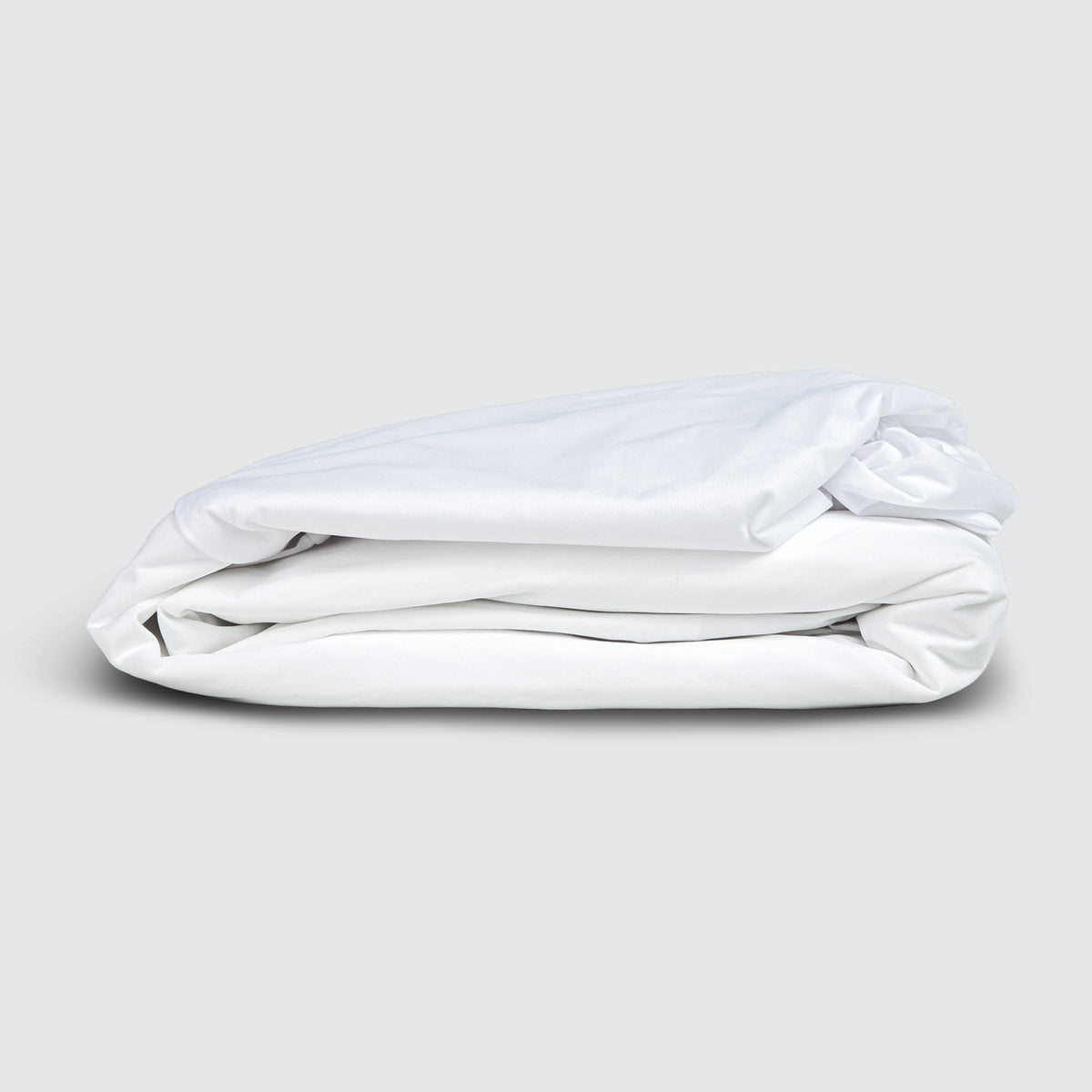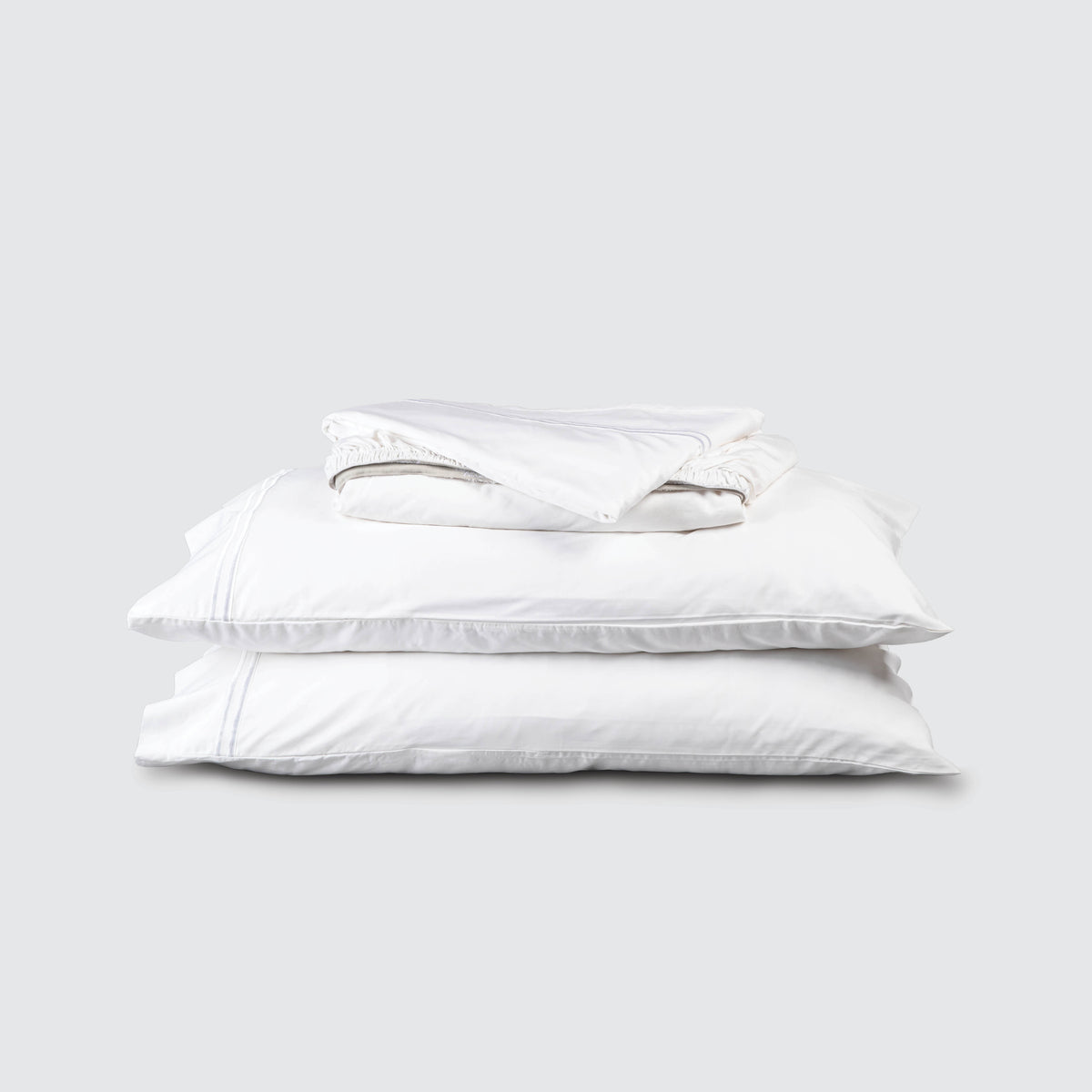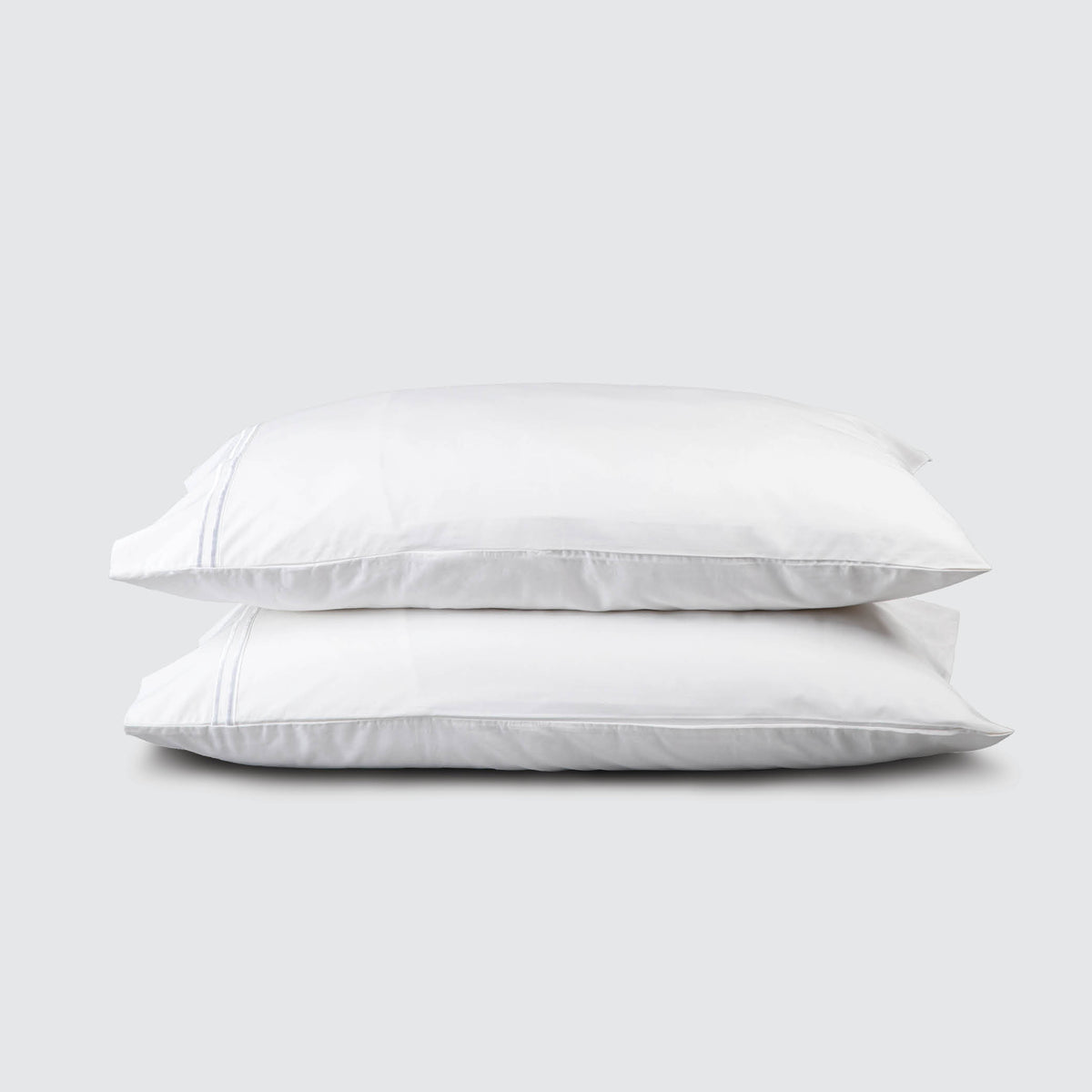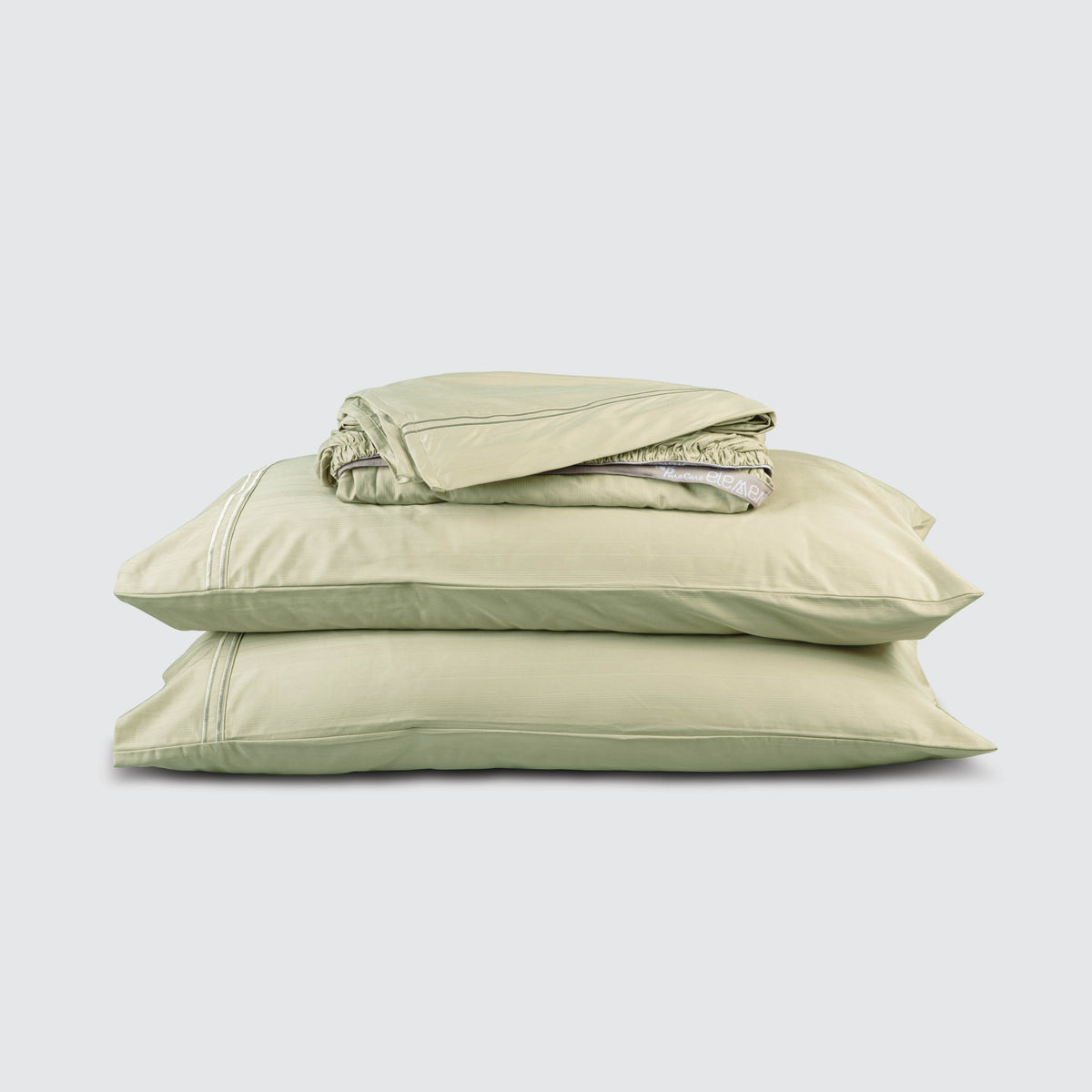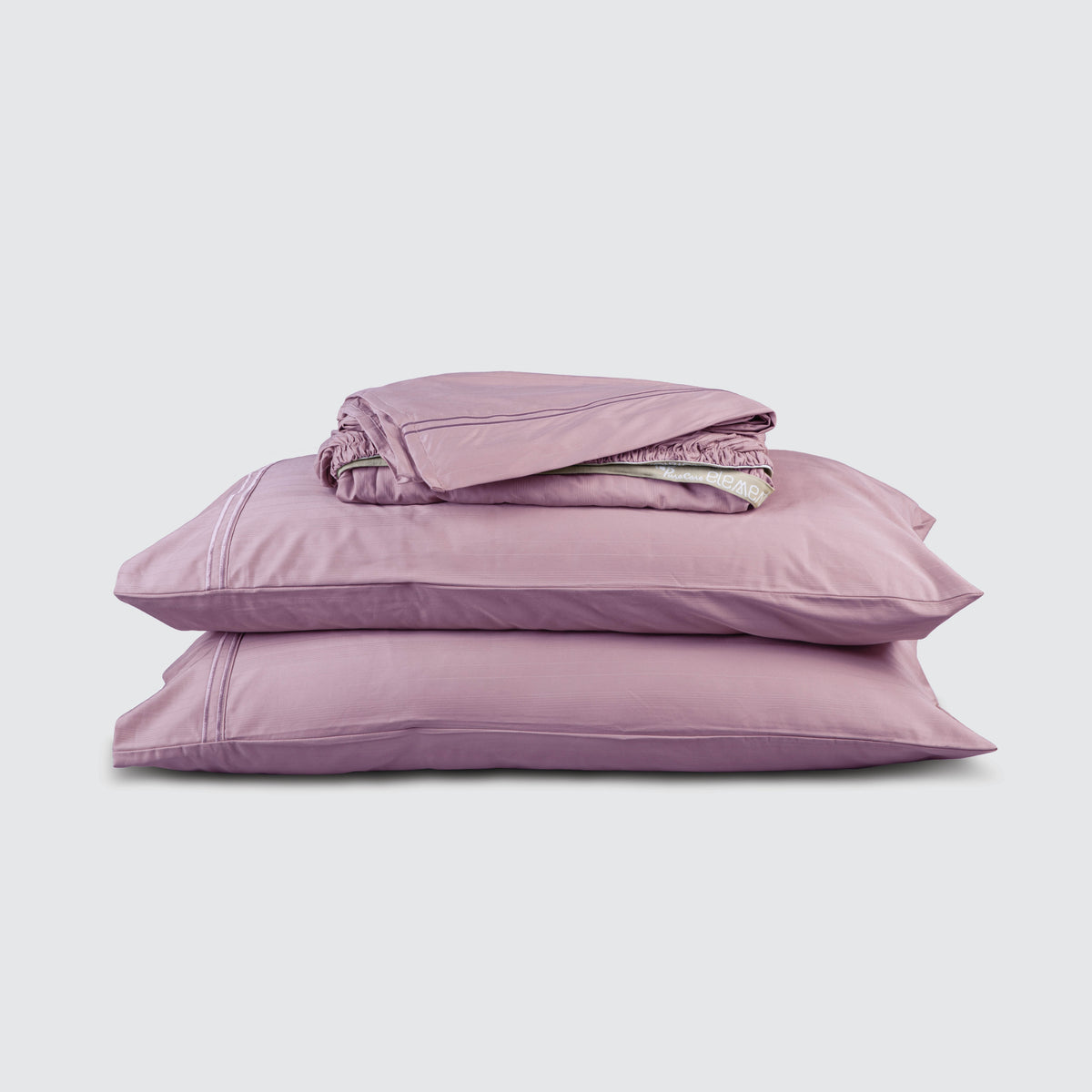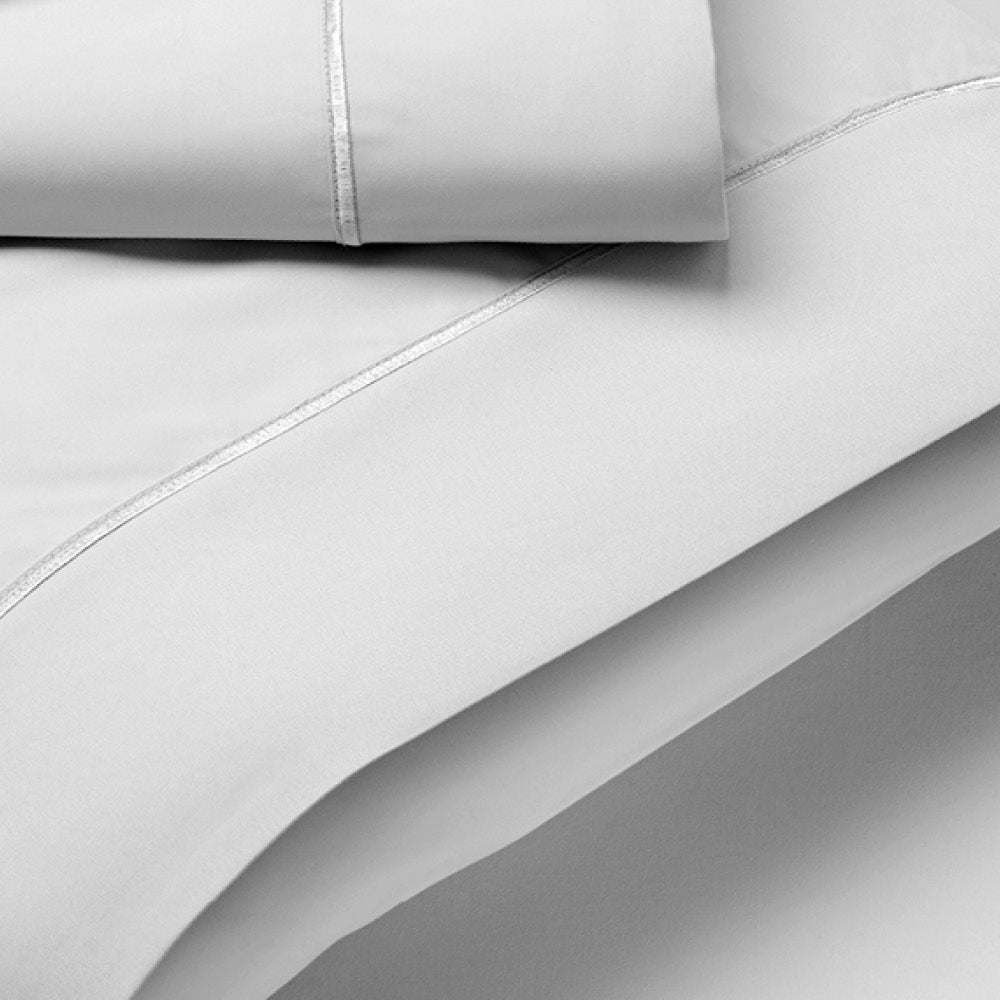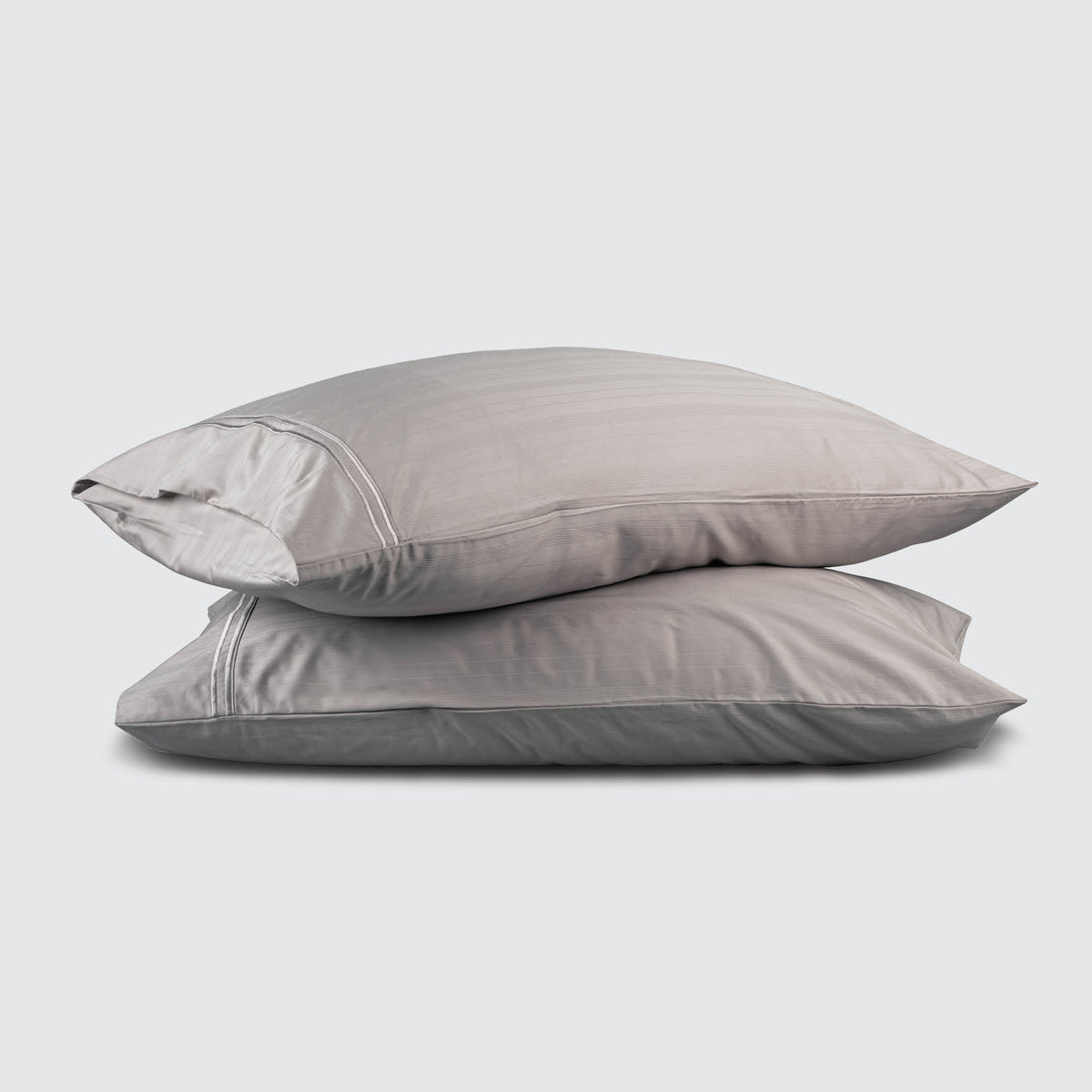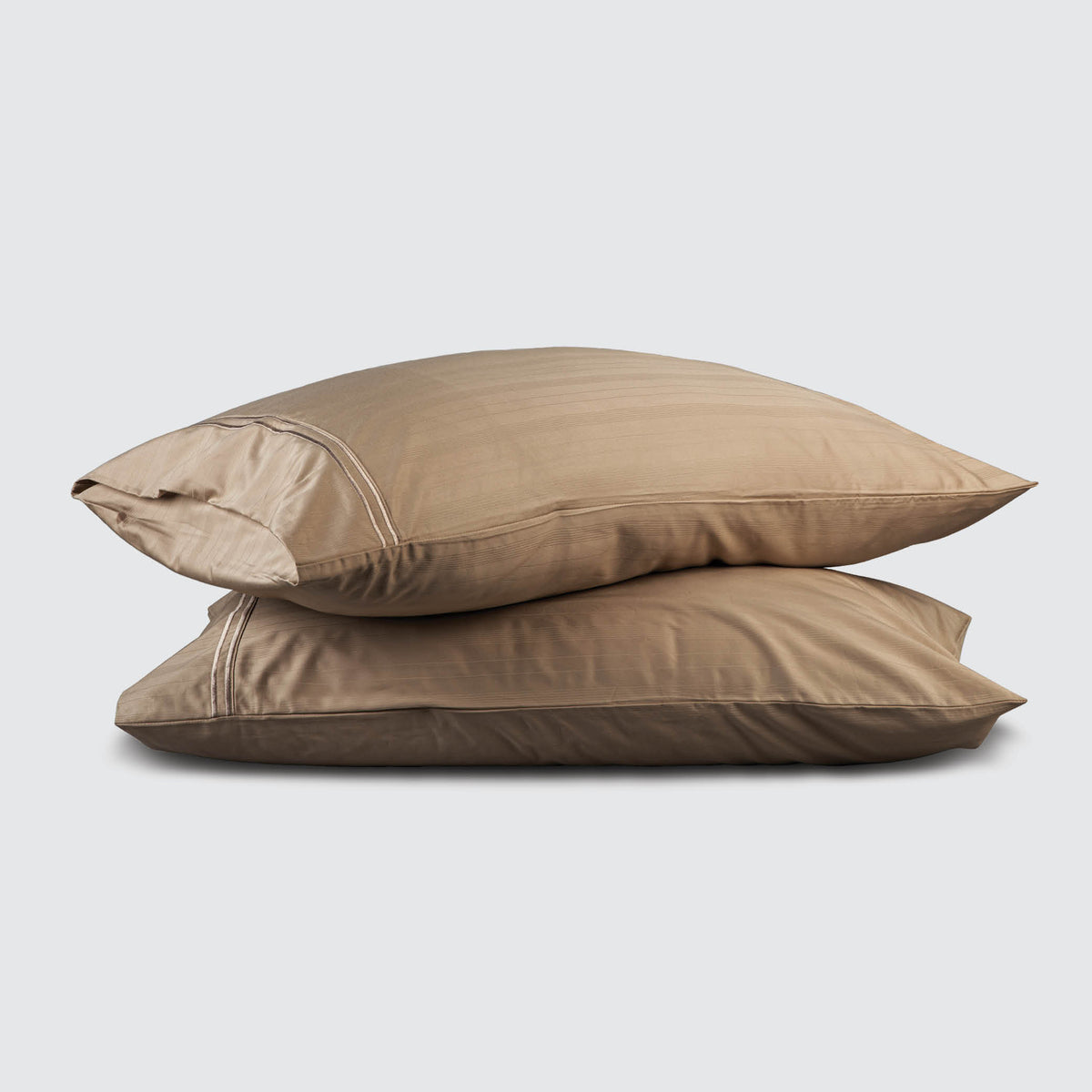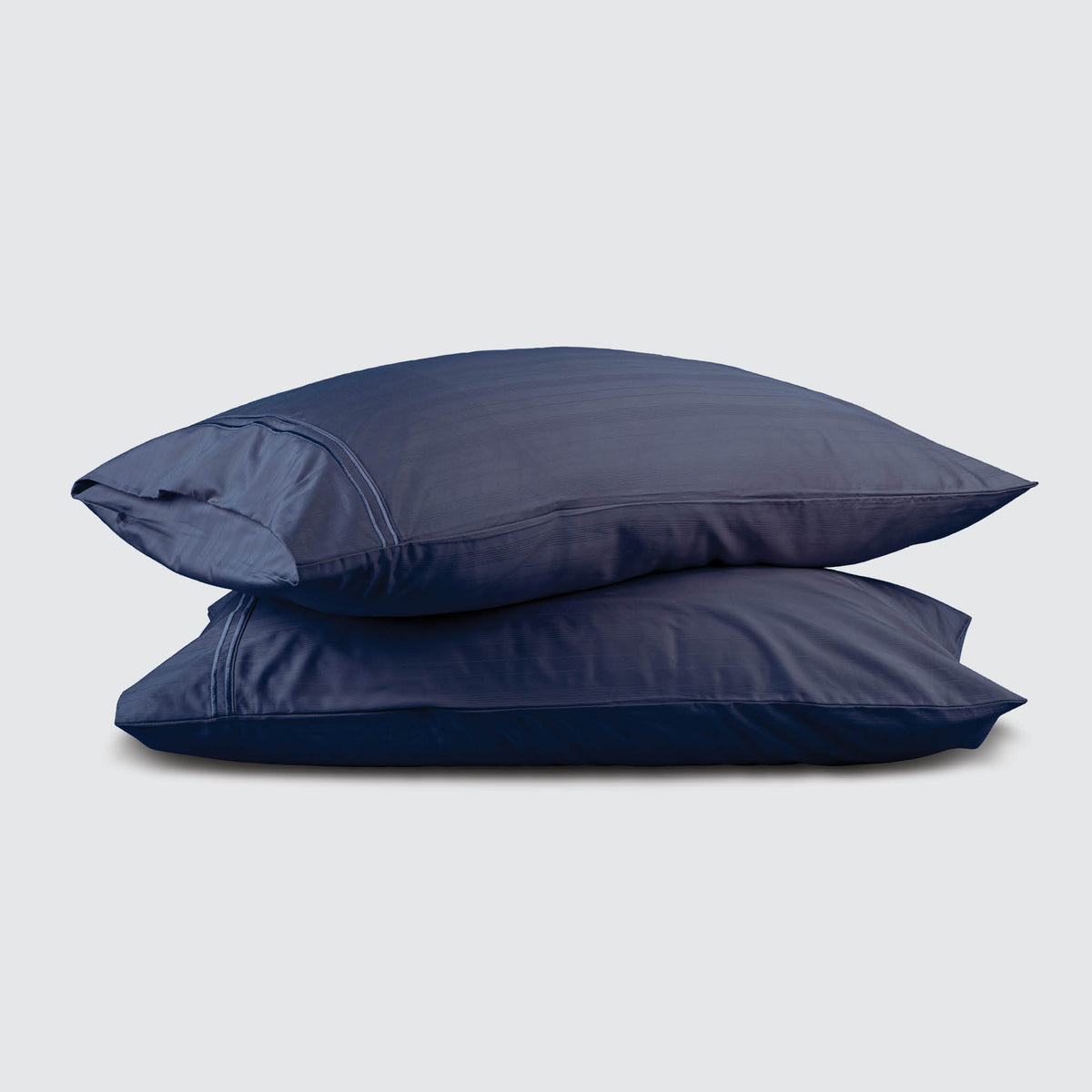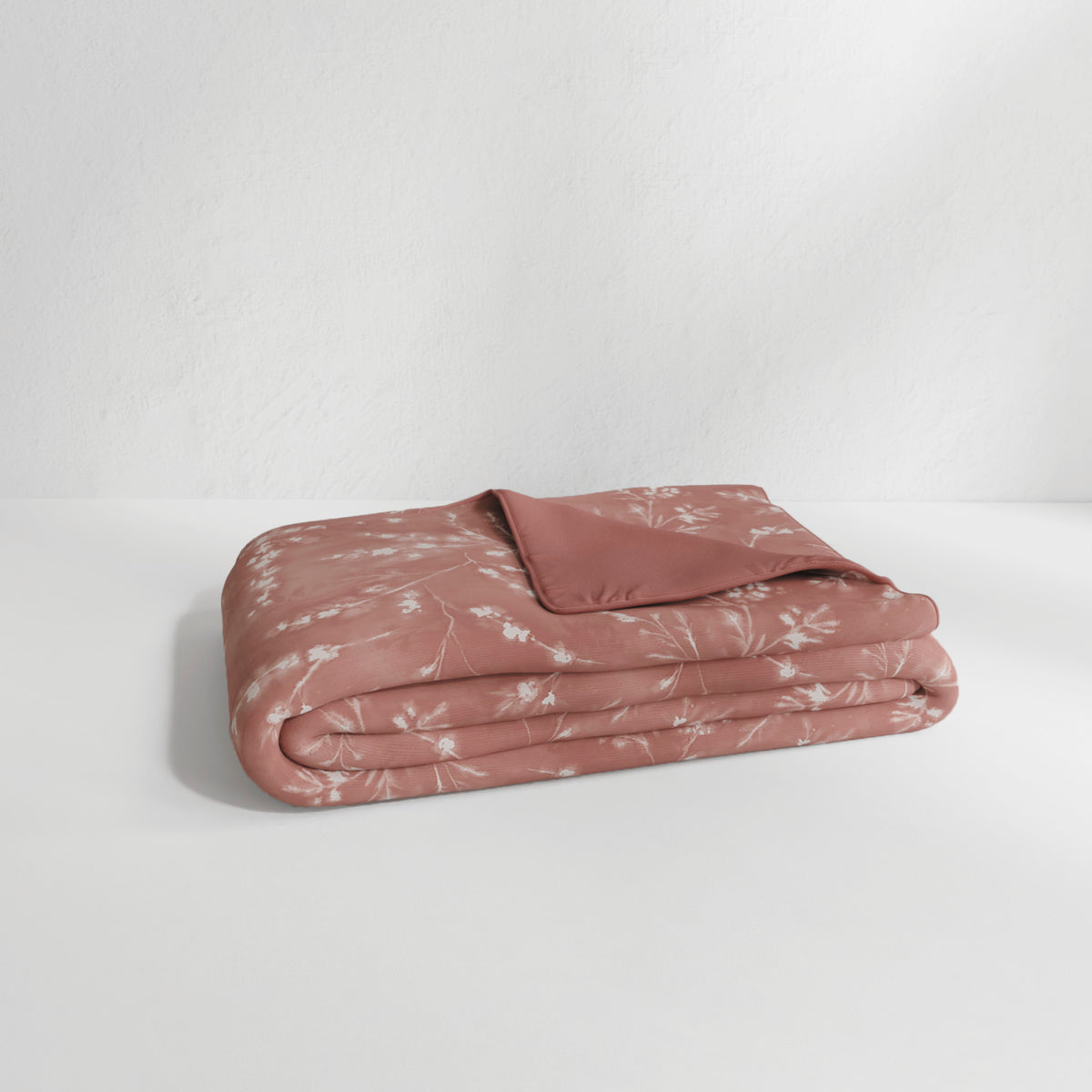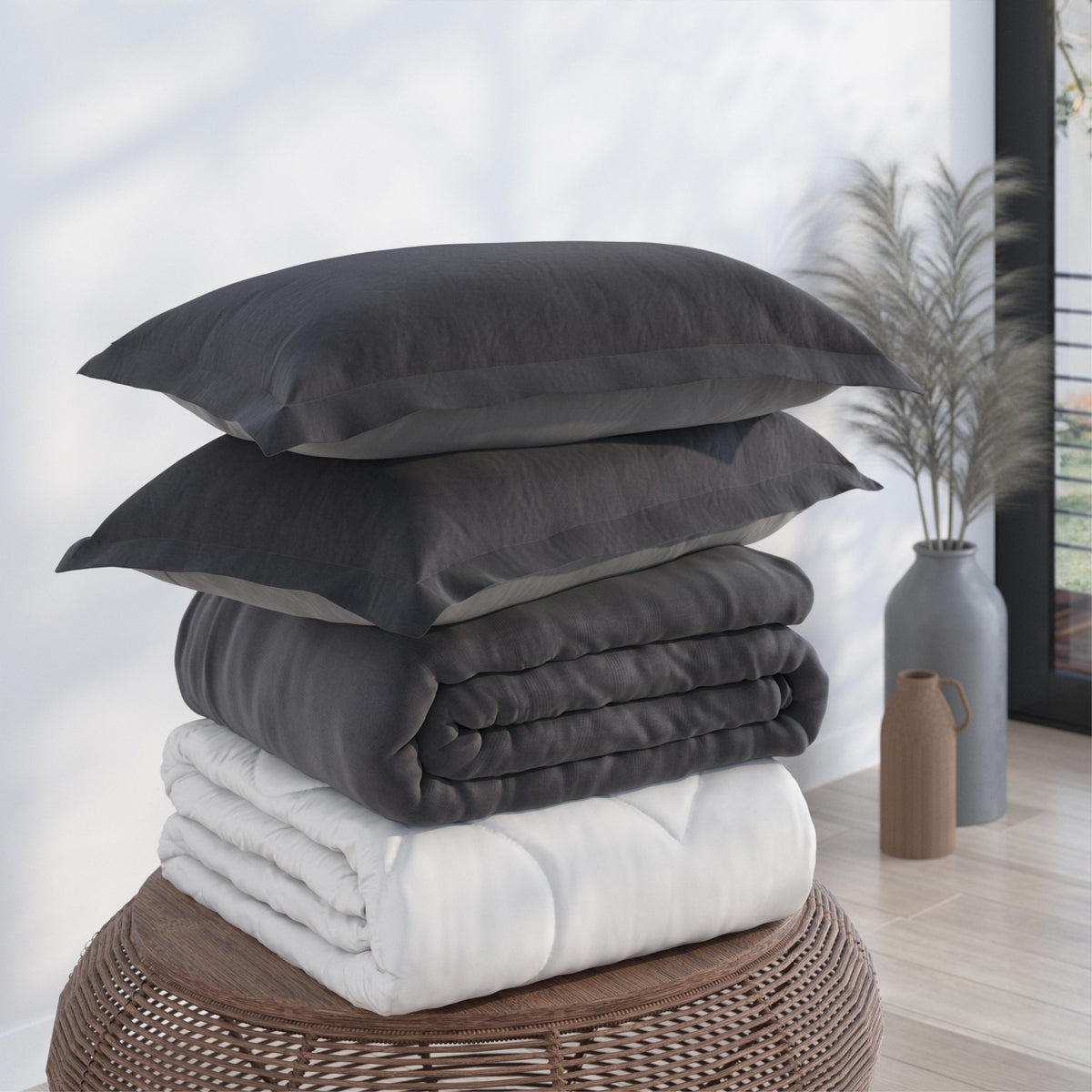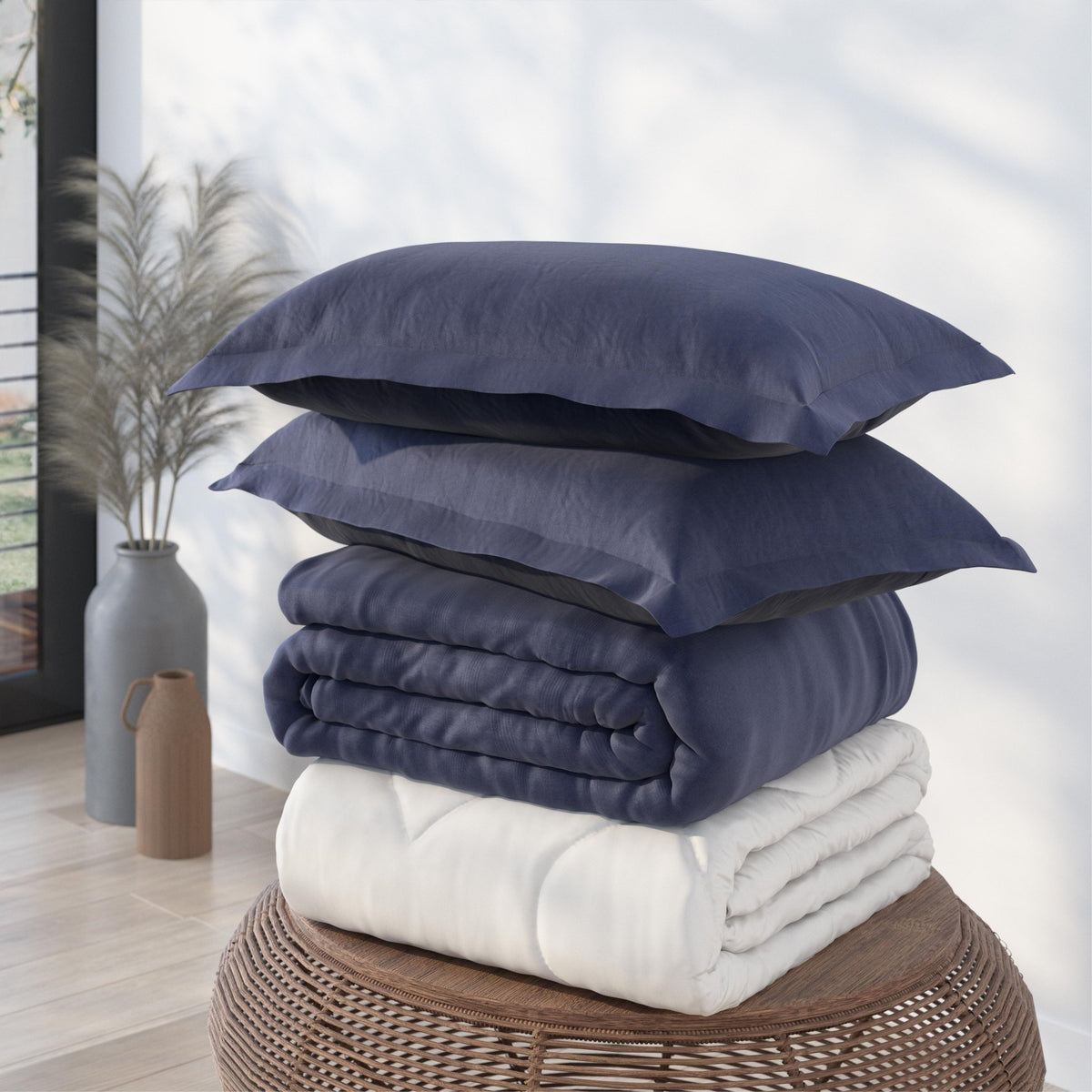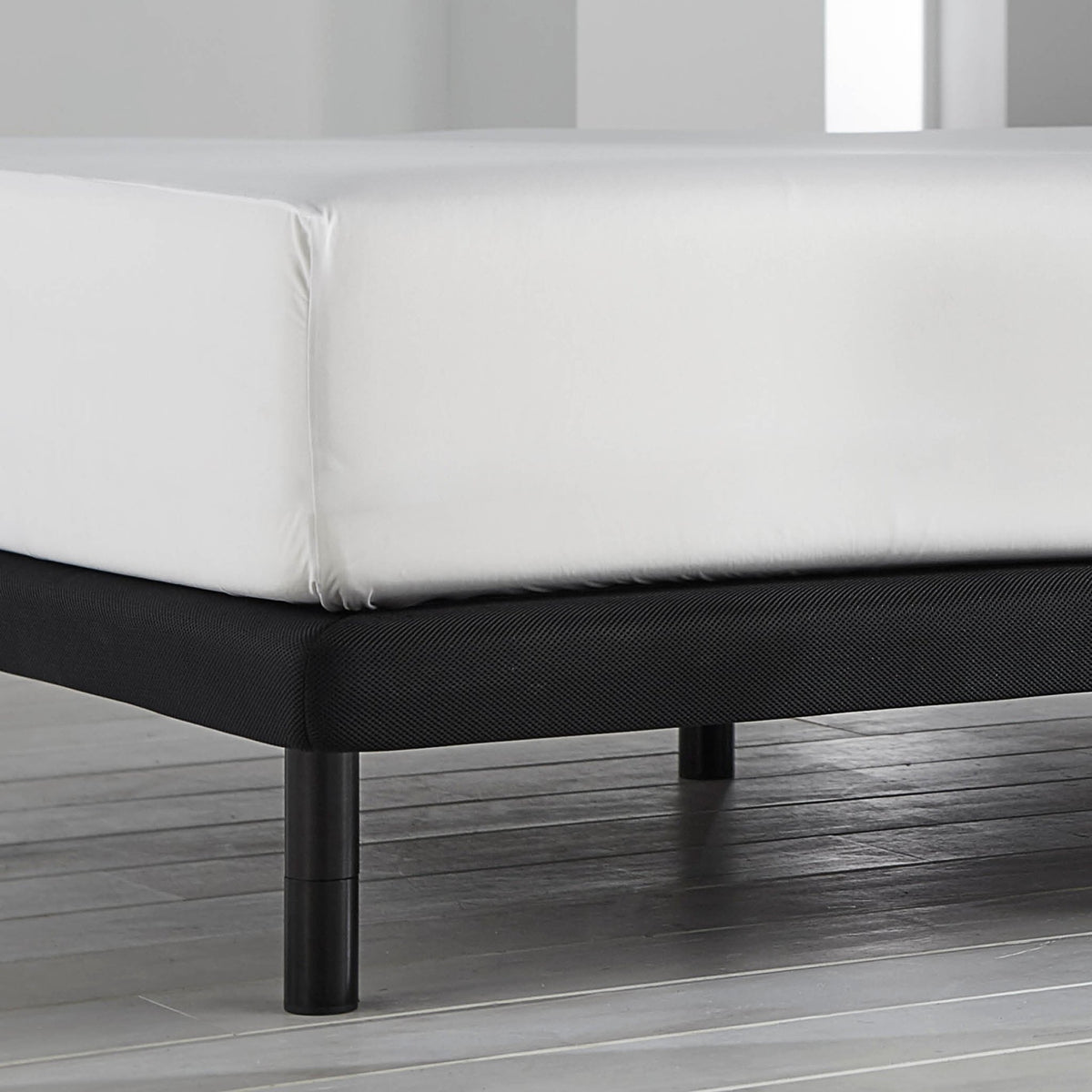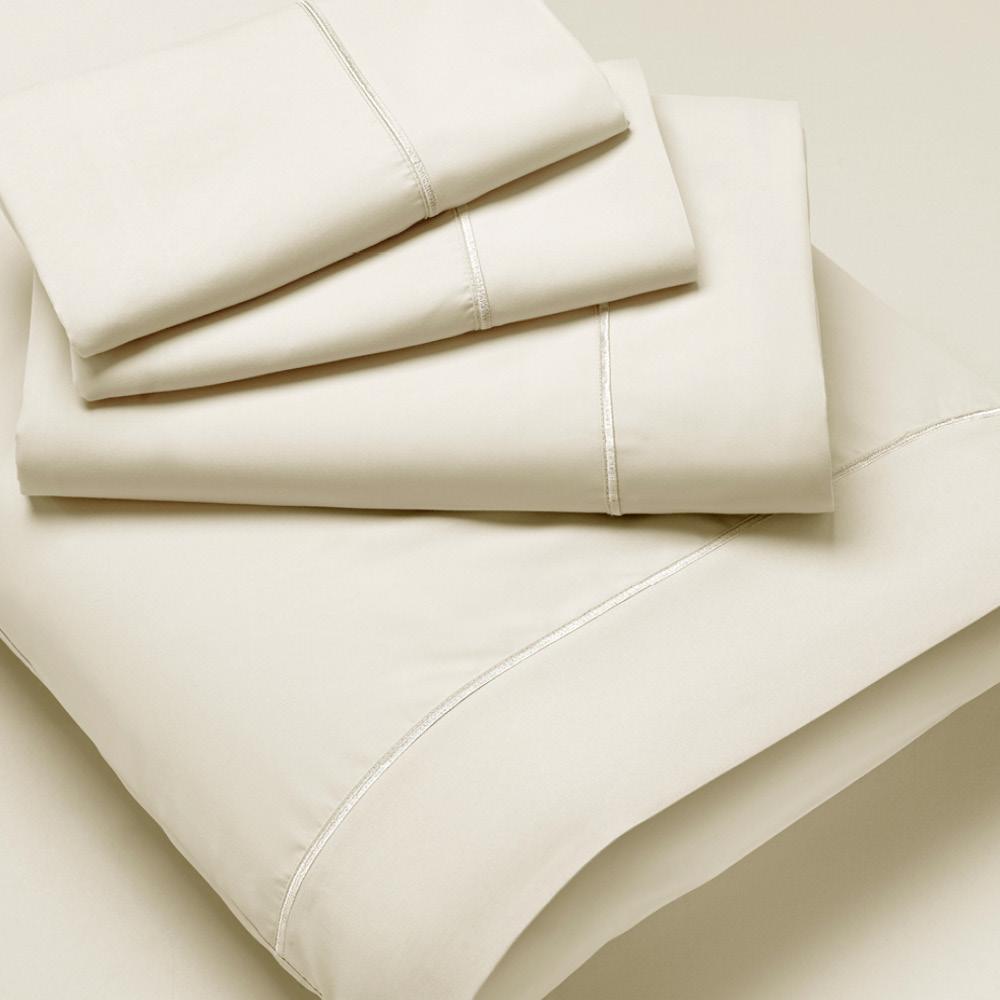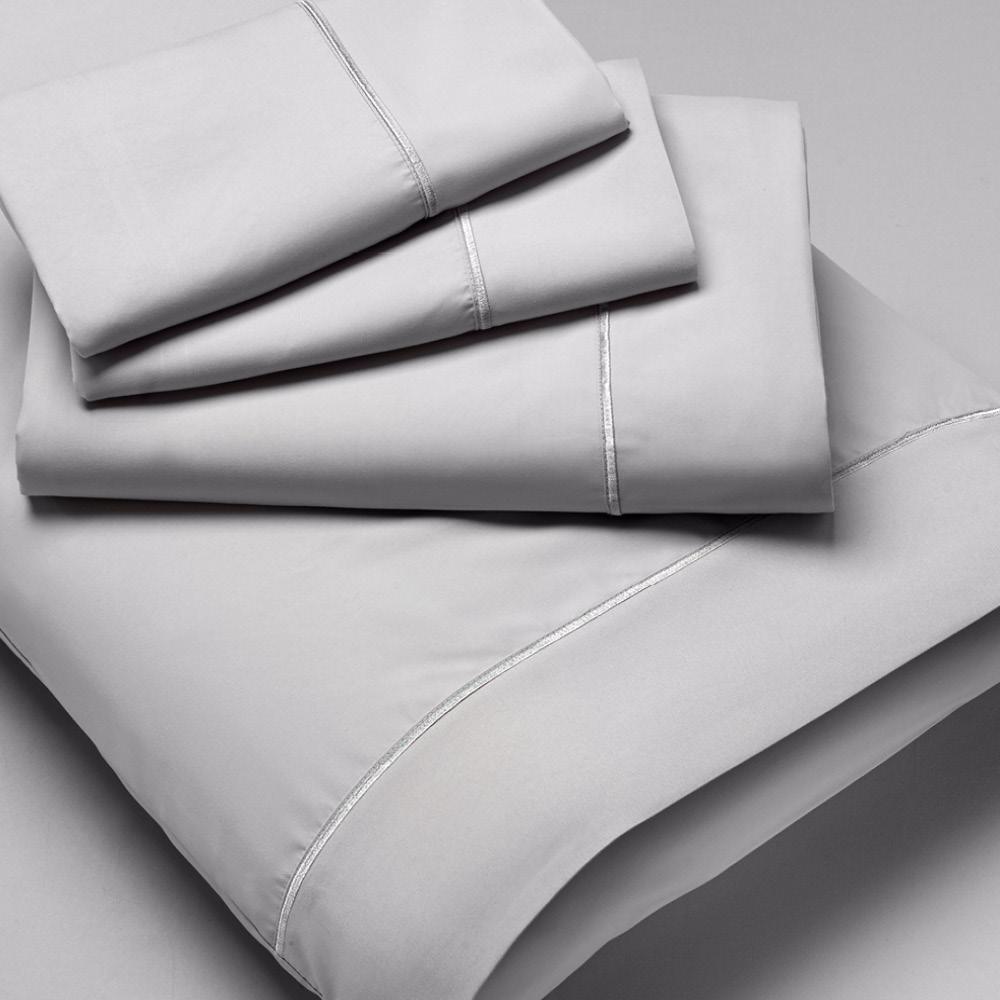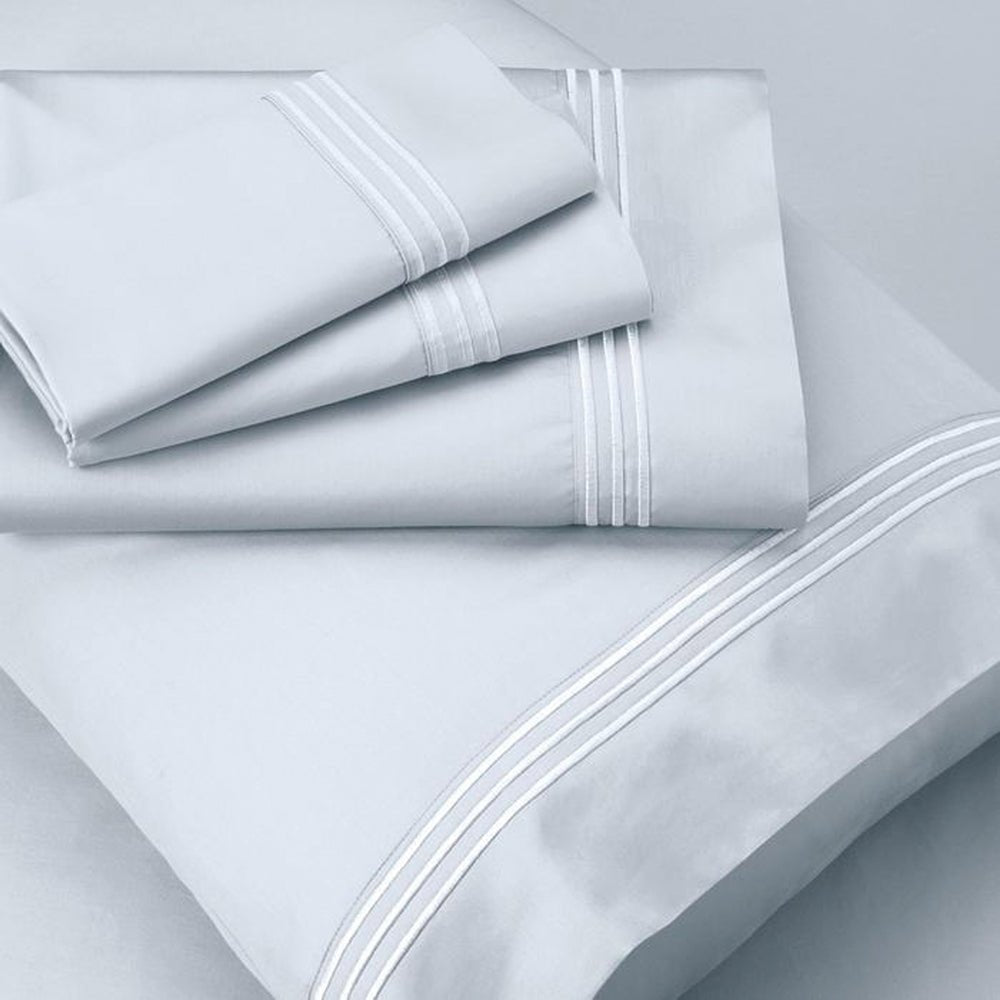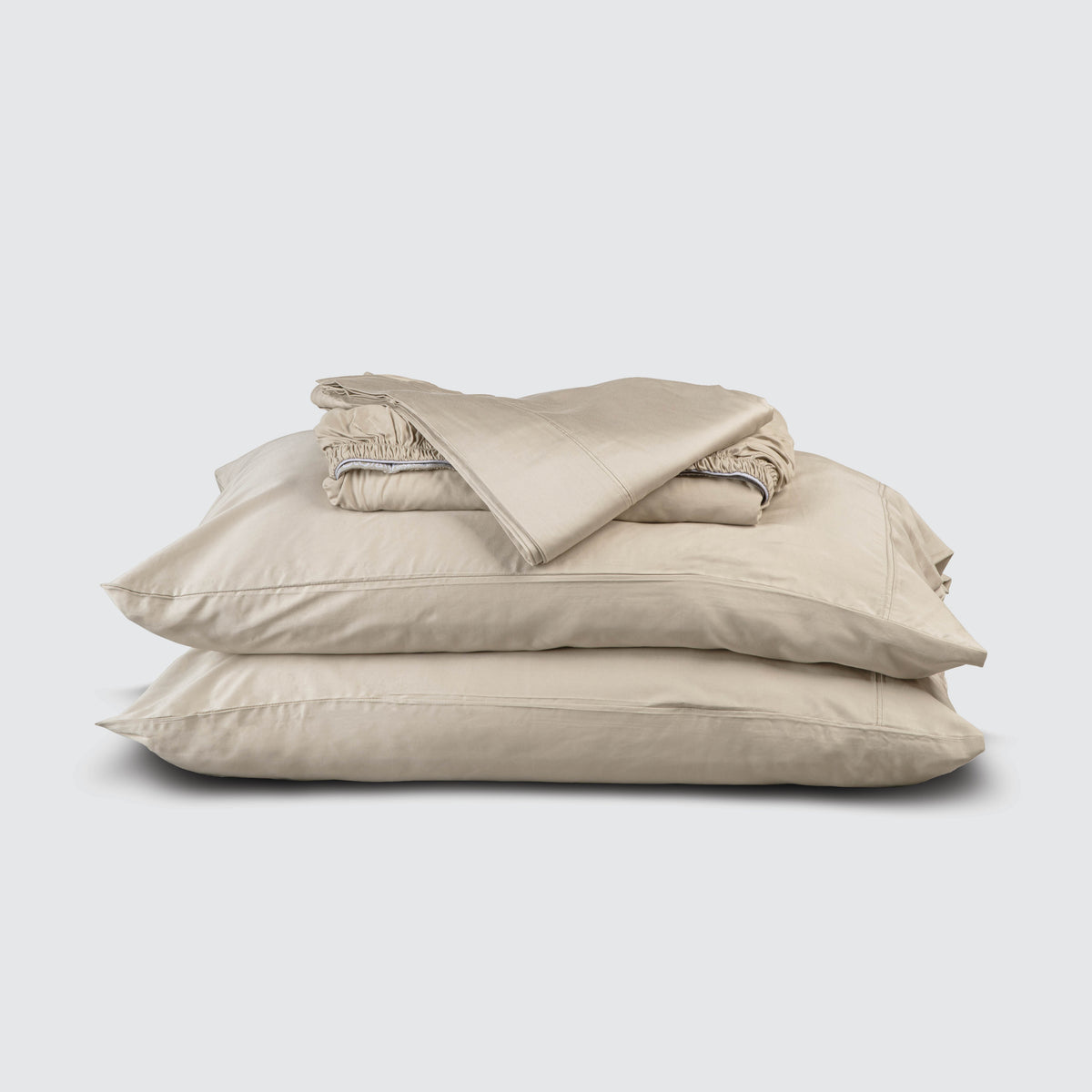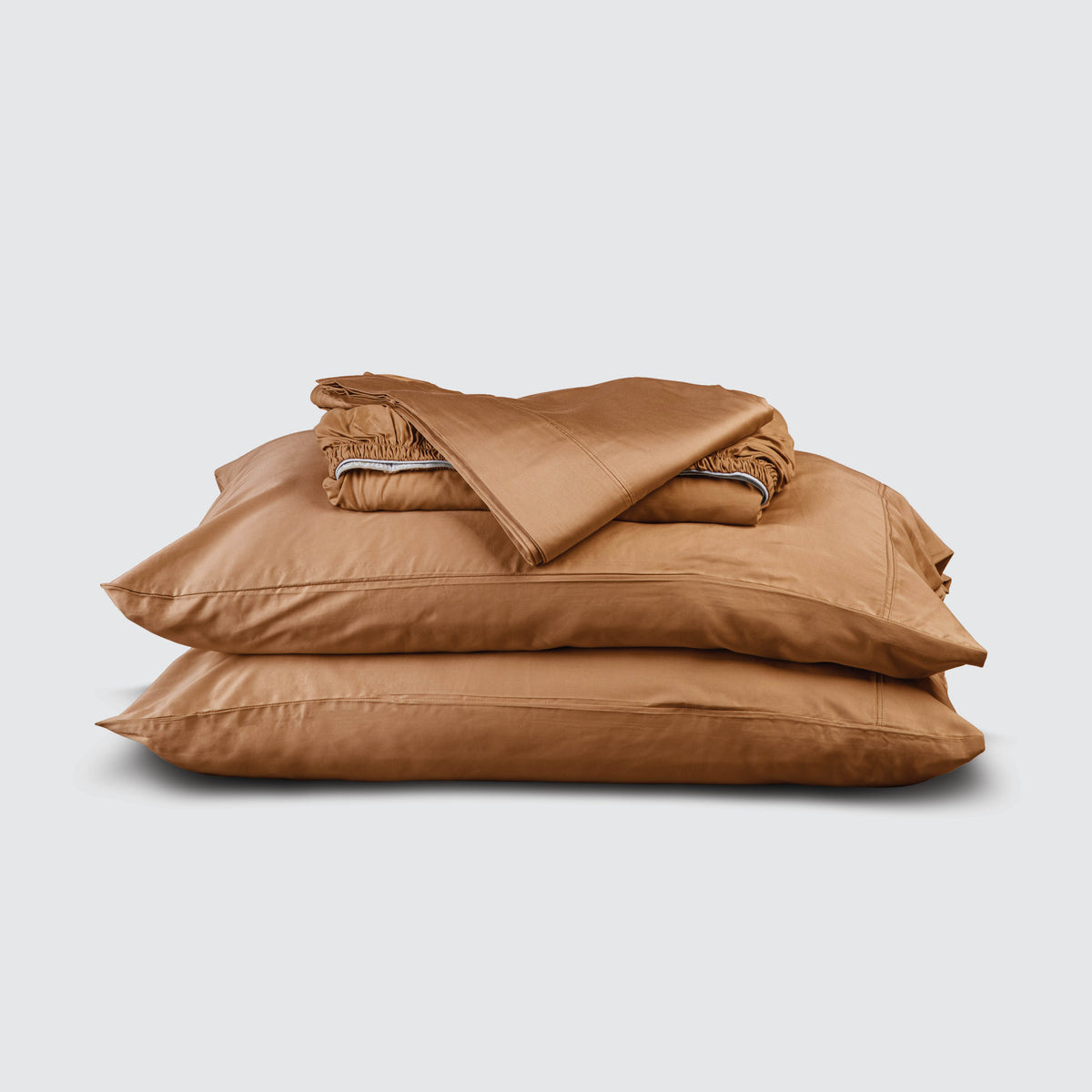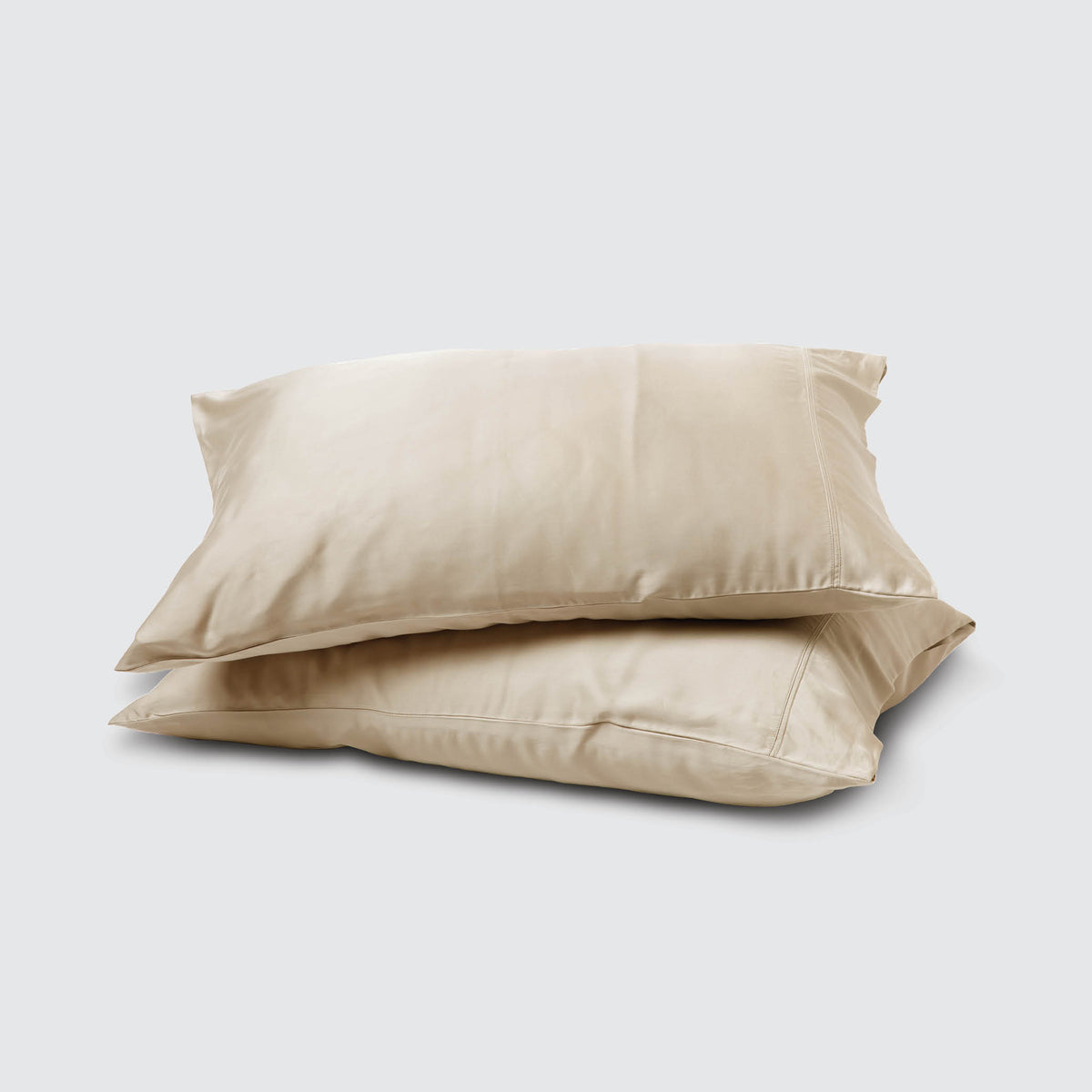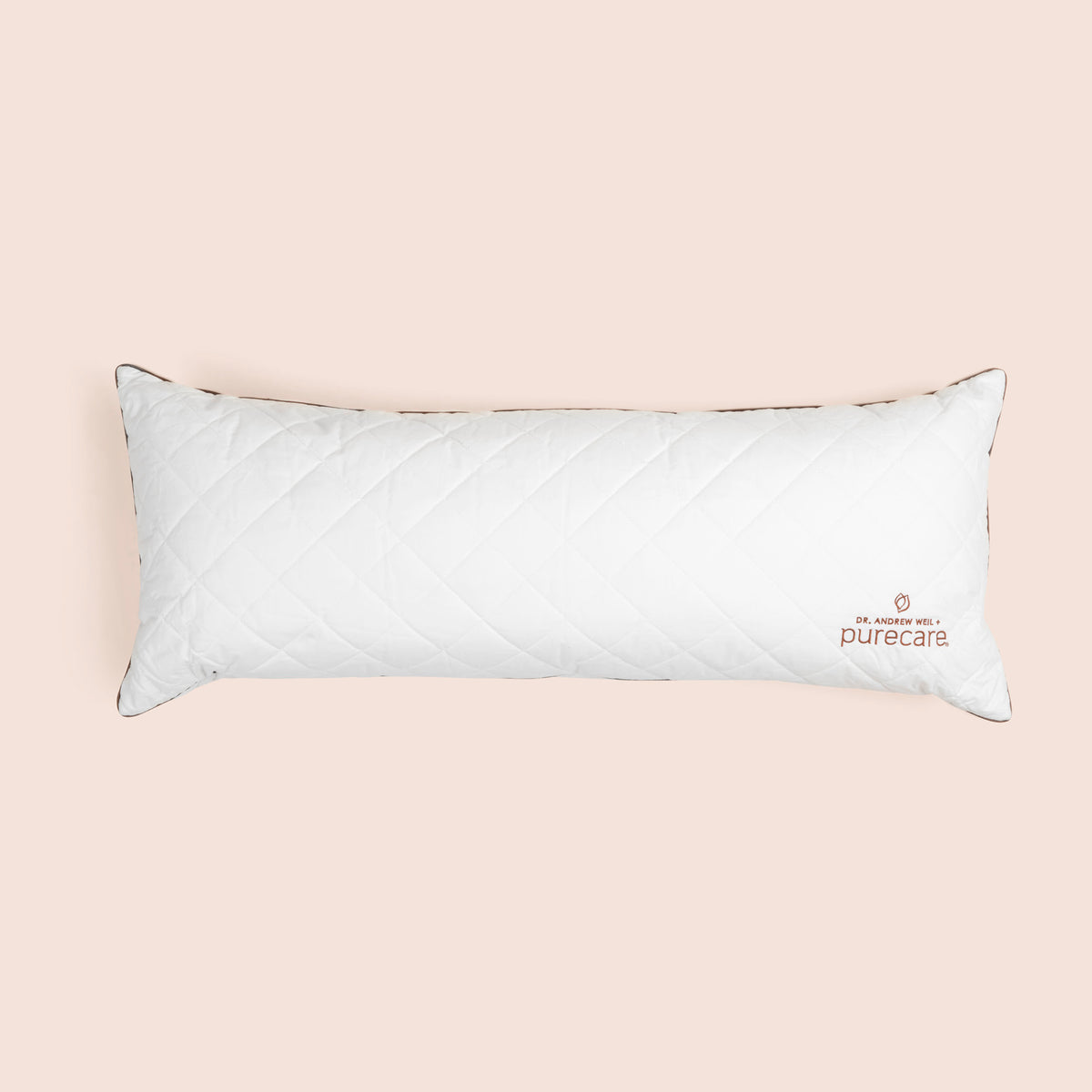Sleep: it’s supposed to be natural. It’s often involuntary. We need it to solidify our daily learning and renew our bodies. Regardless, from our earliest days, we’ve had to find ways to get better sleep.
Millions of years ago, that involved starting fires for warmth and to keep away insects and building comfy sleep platforms.
It’s been a while, but today, we still haven’t yet perfected the ideal night’s sleep, though some tips certainly help us sleep better. Instead, we have a new set of problems and new technologies to go with them. We wanted to know what sleep looks like in 2024, so we asked 1,200 respondents the following questions:
- How long does it take you to fall asleep?
- What bad habits interfere with your sleep routine the most?
- What sleep and bedding products help get your best sleep?
- What do you do when you can’t sleep?
Here’s what we found.
Big Takeaways:
- Nearly 1 in 5 women take over 90 minutes to fall asleep, almost twice that of men; women 18% and men 10%. The age group most likely to take 90+ minutes are those aged 18-24 (20%).
- 71% of those aged 35-44 say phones keep them up at night, the most of any age group, slightly more than ages 18-24 at 70%.
- 70% of women reach for phones at bedtime, too — 8% more than men (62%).
- Caffeine and alcohol is a bigger problem for men (41%) than women (39%). An even bigger problem for men is the lack of a cool, dark, and quiet environment (men 32%, women 24%).
- To get our best sleep, 54% of us turn to cool bedding and mattresses and 51% seek out blackout solutions. Younger adults lean into cool bedding, while older groups turn to blackout options more.
- Men are 2x more likely to use sleep tech for better sleep (men 28%, women 14%).
- When we can't sleep:
- 37% of us looks for a screen, women (39%) more than men (35%).
- Ages 35-44 reach for their phone the most, 48%.
- Ages 18-24 use relaxation techniques the most, 30% and are most likely to seek out a midnight snack, 9%.
- Ages 45-54 opt for medication the most, 12%.
How Long Does It Take You to Fall Asleep?
The age group most likely to lie awake is 18 to 24-year-olds, with
While it’s not common to take more than 90 minutes to fall asleep (just 14% of our survey respondents), almost 1 in 5 women in our survey said that described their normal pattern, nearly double that of men.
In general, women of all ages take longer than men to fall asleep.
Luckily, regardless of gender, most of us need just 15 to 30 minutes to drift into snoozeland (41% of respondents). That was the most popular response across age groups for both men and women.
And nearly 20% of respondents do even better, saying they normally doze off within 15 minutes of hitting the pillow.
If you’re slow to fall asleep, just wait until you’re older.
Results show that sleepers 18 to 24 are most likely to take more than 90 minutes to get to sleep (19%), while those 35 to 44 are the least likely to need that much time (12%).
Overall, the oldest generation is the fastest to sleep, with 28% of respondents reporting they fall asleep within 15 minutes of heading to bed. Adults 35 to 44 are the most likely to need more than 15 minutes.
Interestingly, they’re least likely to take over 90 minutes, showing that while it may take this generation a little time to unwind, they get there faster than other groups.
Some erratic sleepers responded that the time it takes them to get to sleep “varies,” while other sleepers asserted that sleep was possible in less than 10 minutes or less if you “train your mind.”
What Bad Habits Interfere with Sleep?
Shocker – our phones are our worst habit before bed. In fact, 2 in 3 respondents called their smartphone use a bad habit that interfered with their sleep. Yet many still reach for their phones first thing when they can’t sleep. A preventable problem or a self-fulfilling prophecy? Maybe, but we’re still finding it hard to set down that phone.
Further, 57% said poor sleep habits (like the lack of a relaxing bedtime) were keeping them up.
The oldest generation has the most willpower when it comes to managing screen time before bed. Only 52% of sleepers over 54 said that bedtime phone use was stopping them from getting some shut-eye. While 70% of young adults aged 18 to 24 say their screen time was getting in the way of sleep, and 71% of those aged 35-44.
While phones are a common problem, there are still differences in who’s scrolling most.
Men get the award: they’re slightly less likely than women to reach for a phone at bedtime by about 8%.
In fact, men are less likely than women to report any bad habits getting in the way of their sleep. There are just 2 exceptions: 41% of men have disrupted sleep from consuming caffeine, alcohol, or nicotine close to bedtime, and 32% report their inability to make sure their room is dark, cool, and quiet gets in the way of their sleep.
The largest gender discrepancies between the genders were phone use (with women grabbing their phones 8% more than men) and not maintaining a cool, dark, and quiet environment (where men report problems 8% more than women).
Less-common self-professed bad habits of our respondents included overthinking, running the streets, watching TV, smoking marijuana, attending to children, and the sadly familiar “too many to mention.”
What Sleep Products Help us Sleep?
Because women shop more often than men, it’s perhaps surprising that men report driving sleep product purchases, with male respondents up to 14% more likely to use sleep products than women, with the exception of blackout curtains and sleep masks.
That’s an odd omission from men’s shopping carts given that they say that failing to make their sleep environments cool, dark, and quiet is one of the biggest obstacles to their good night’s rest.
While they’re overlooking blackout curtains, men are picking up earplugs 10% more often than women to make their environments more quiet and calm.
The biggest discrepancy? Men turn to high-tech solutions 14% more than their female counterparts. Opting to use sleep gadgets, like rings and sleep trackers to help them achieve their best sleep.
Meanwhile, cooling bedding is the great equalizer.
54% of us use cooling or breathable bedding, pillows, and mattresses to get to sleep. While men are buying more cooling products than women, they’re the most popular sleep product for both genders and are 3% more popular than blackout options.
Cool bedding is a winner across the generations, too.
Especially for people aged 25 to 34 and 35 to 44 with 57% of respondents in these two groups saying cool bedding and mattresses help them get their best sleep.
While just 47% of sleepers over 54 years chose cool bedding, 54% chose blackout curtains or an eye mask, indicating that middle-aged and older sleepers value a dark environment more than any other demographic.
What Do You Do When You Can’t Sleep?
When we can't sleep, we turn to our #1 bad habit: phones.
Thirty-seven percent of us reach for a smartphone when we’re having trouble sleeping, making it even more popular in the wee hours than at bedtime.
However, women still grab the phone (39%) more than men (35%), and their other activities differ by gender as well.
Men are 7% more likely than women to listen to music and podcasts, 4% more likely to read a book or magazine, and 2% more likely to practice deep breathing or meditation.
On the other hand, women are 5% more likely to lie in bed and try to sleep, 2% more likely to take a sleep aid, and 1% more likely to get up to stretch or even do housework.
Among different age groups, the phone reigns supreme. But midnight scrolling isn’t uniform across demographics. While it’s the choice of nearly 50% of those aged 35 to 44, compare that to just 1 in 4 of the youngest age group (18 to 24).
Not only are 18 to 25-year-olds eschewing unhealthy midnight “doomscrolling,” they’re practicing healthier habits in other ways, too. The age group is also most likely to say they’re practicing relaxation techniques when they can’t sleep.
In fact, after common top choices like phone use, lying in bed, and listening to podcasts or music, our preferences become more specific by generation, with a definite split in preferences for everything from meditation to medication.
Among older generations, reaching for medication is more likely than in younger cohorts. For 45 to 54-year-olds, medication use doubles compared to those just a decade younger. For those over 54, medication for sleep remains high.
For college students and new grads, the urge to take a pill is replaced by the need to raid the fridge. The group is more likely than any other to reach for snacks when they can’t sleep.
What else do we do when we can’t get any shut-eye? Other respondents say their preferred activities when they can’t sleep are: sex, prayer, singing, listening to audiobooks, and taking surveys (about sleep?).
The State of Sleep 2024?
Sleeping isn’t natural after all.
It changes depending on our environment and our preferences (and even our bedtime habits). There’s one thing that remains unchanged: people are still seeking that elusive good night’s sleep, even while they’re indulging in bad habits that are keeping them from achieving that blissful slumber of fairy tales.
The good news is that there are new sleep solutions flooding the market along with our bedrooms. And there’s a renewed interest in investing in our own wellness with age-old techniques to relax our souls and get some shut-eye.
So if you’re one of the 14% of Americans who take more than 90 minutes to fall asleep, or one of the many sleepers struggling with insomnia, grab a sandwich, set down that coffee, put on an audiobook, and try a new technique from our respondents.
Who knows? You might just find a new idea to make your sleep environment everything you dream of.







